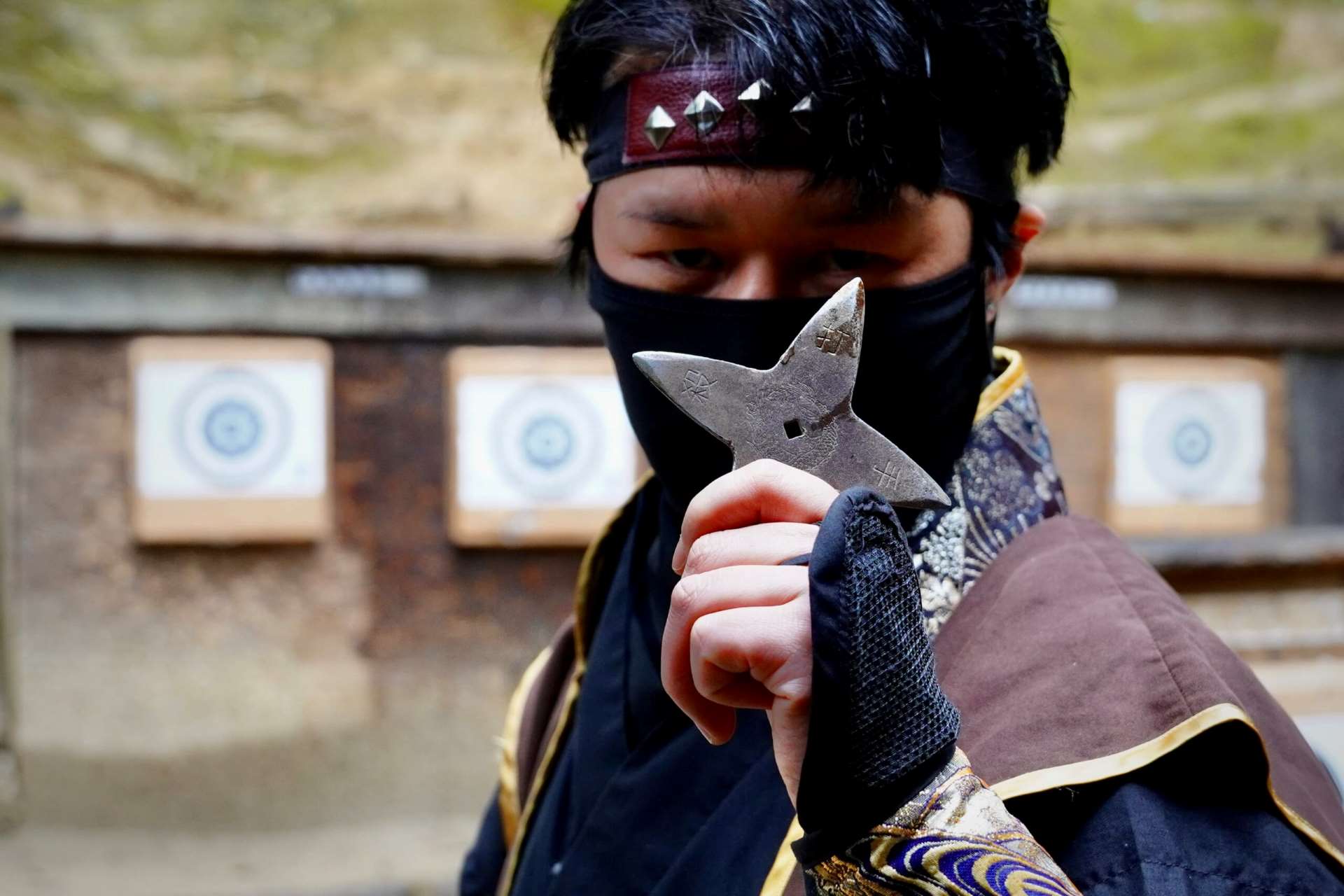Kyoto is often one of the first places on many travelers’ lists when visiting Japan. But with its main attractions more crowded than ever, you may find venturing a little further afield more satisfying.
To make things more interesting, this time we’ll make a hotel in Kyoto our base, but explore the neighboring areas of Koka, Iga, and Yagyu. We’ll explore their local culture and ties to ninja history while driving through the countryside.
We’ll introduce everything as a 3-day trip, with each day separated by region. But feel free to pick and choose the spots that are most interesting to you! Although you can access these places by public transport, we recommend renting a car to make the most of your time.
Day 1 – Iga: Ninja History and the Kumihimo Craft
First up, we’ll head straight to Iga. The town is about 1 hour and 30 minutes from Kyoto Station by car, but only 20 minutes from the hotel. You may spot signs for Koka along the way, which is our Day 2 destination.
Ninja History at the Iga-ryu Ninja Museum
Both Iga and Koka are known for a famous part of Japanese history: Ninja.
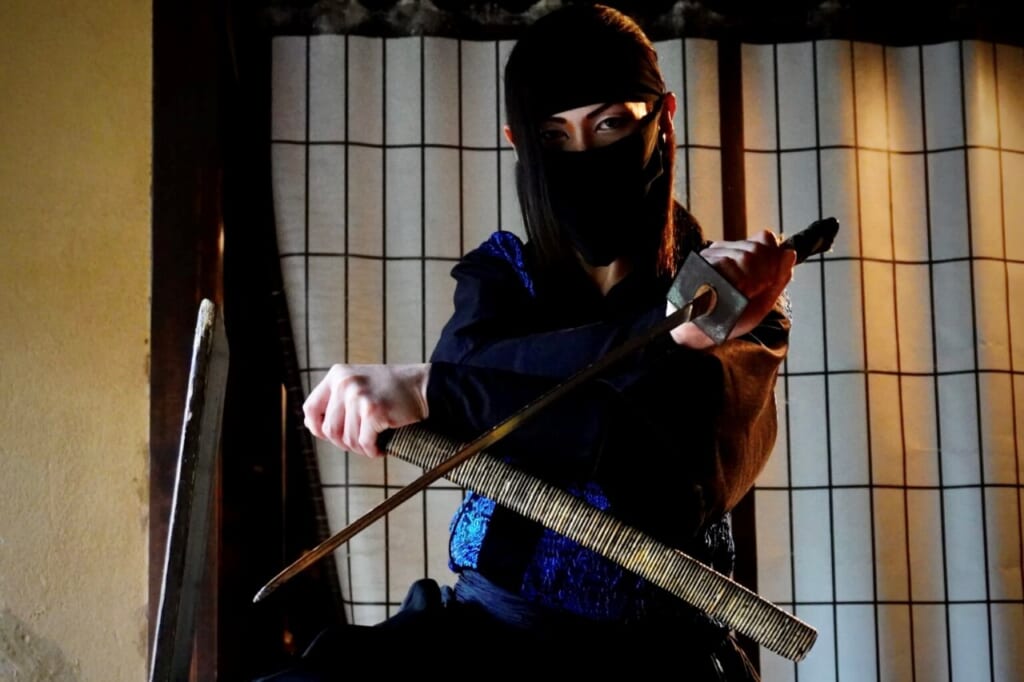
The Iga-ryu Ninja Museum is a fun and interactive way to learn about the real lives of ninja in the area. While everyone thinks of them as assassins and fighters, the truth is, they were more like spies. They integrated seamlessly into daily life and did chores and farm work by day, sneaking around and collecting information by night.
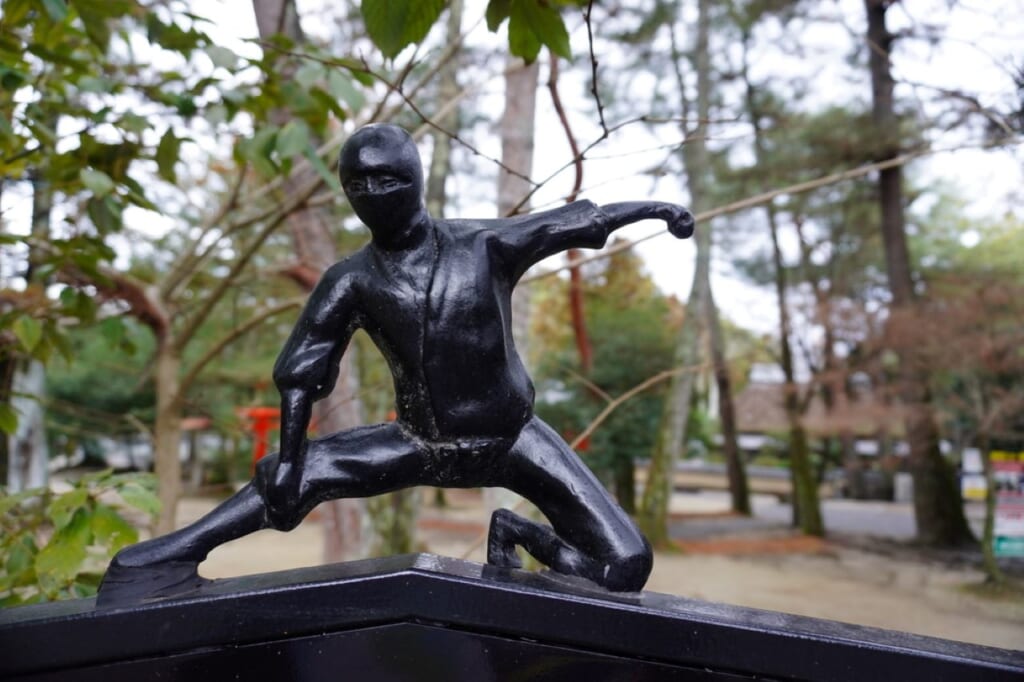
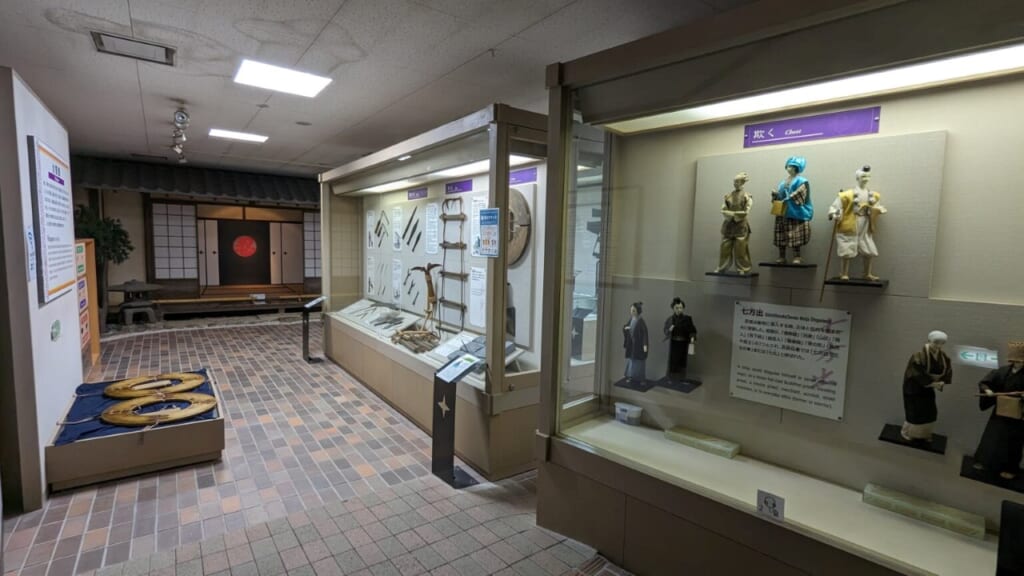
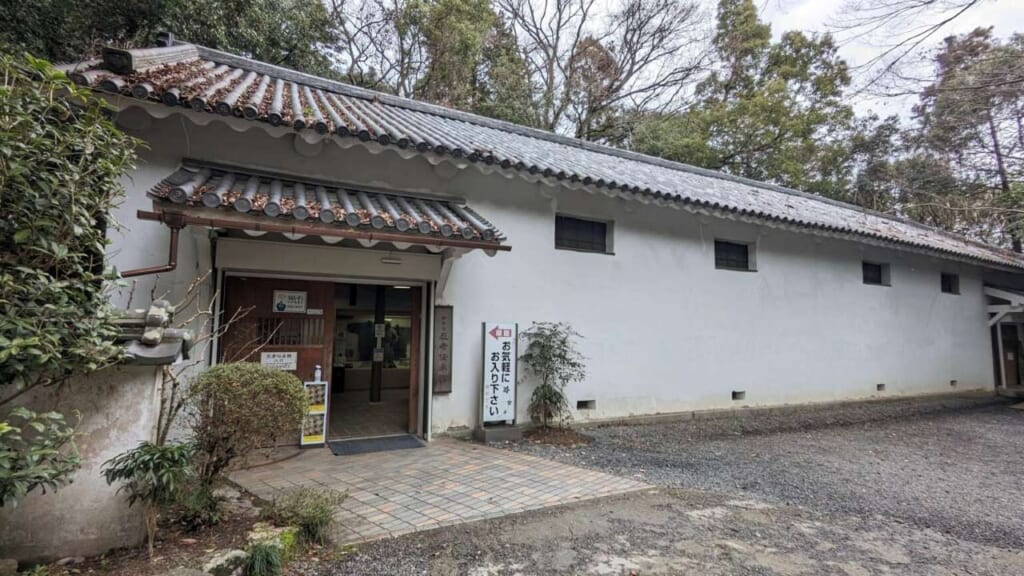
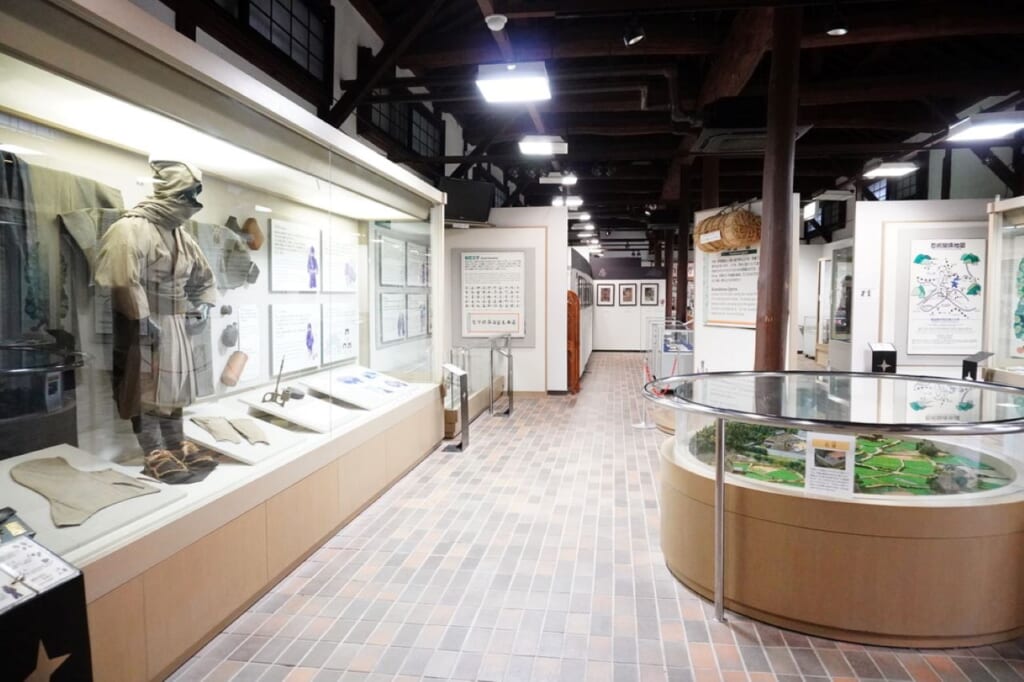
The museum has four different areas: two exhibition halls, a ninja house, and a theater. In the exhibition areas you’ll find throwing stars, ninja outfits, and tons of information in Japanese and English about the secret lives of ninja. In the ninja house, the ninja staff will show you around the karakuri (trick doors) and secret passageways. And at the open-air covered theatre, you’ll see the ninja in action. The highlight is trying to figure out when each new ninja trick is being used!
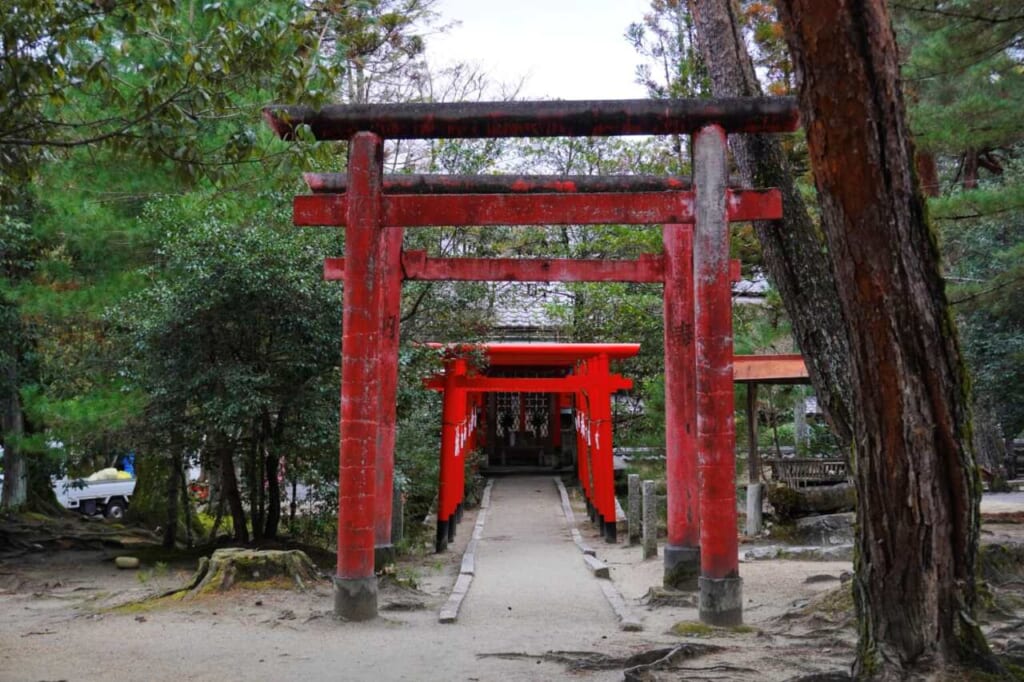
The museum is also a part of a larger park area with. It has a small castle and some interesting sightseeing spots to stroll around and explore. One of which is the elegant Iga-Ueno Castle, with its white exterior and tall stone moat walls. This small but mighty castle is the symbol of Iga City, and is sometimes known as the Hakuhō-jō, meaning “White Phoenix Castle”, due to its beautiful white outer aesthetic.
Traditional Crafts at Iga Kumihimo Kumi no Sato
Just a short walk from the Iga-ryu Ninja Museum is the cultural experience centre known as Iga Kumihimo Kumi no Sato.
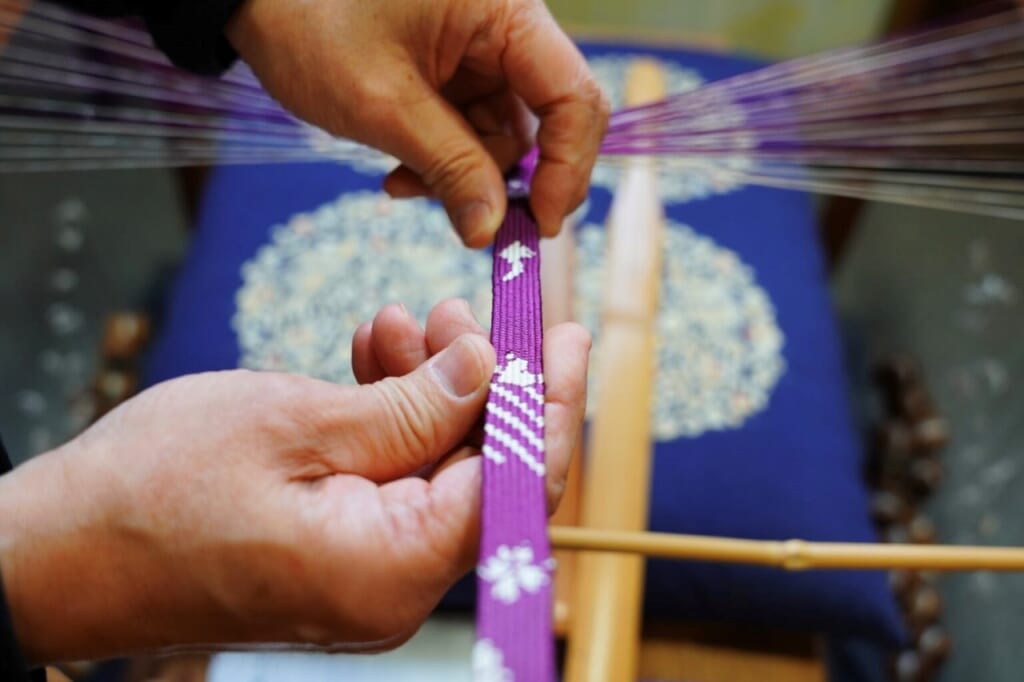
The Iga region is known for its “kumihimo” craft, which are braided cords that were traditionally often used in Buddhism. The facility has a small historic showcase and a shop. But the main focus is that you can create your own kumihimo item here for yourself.
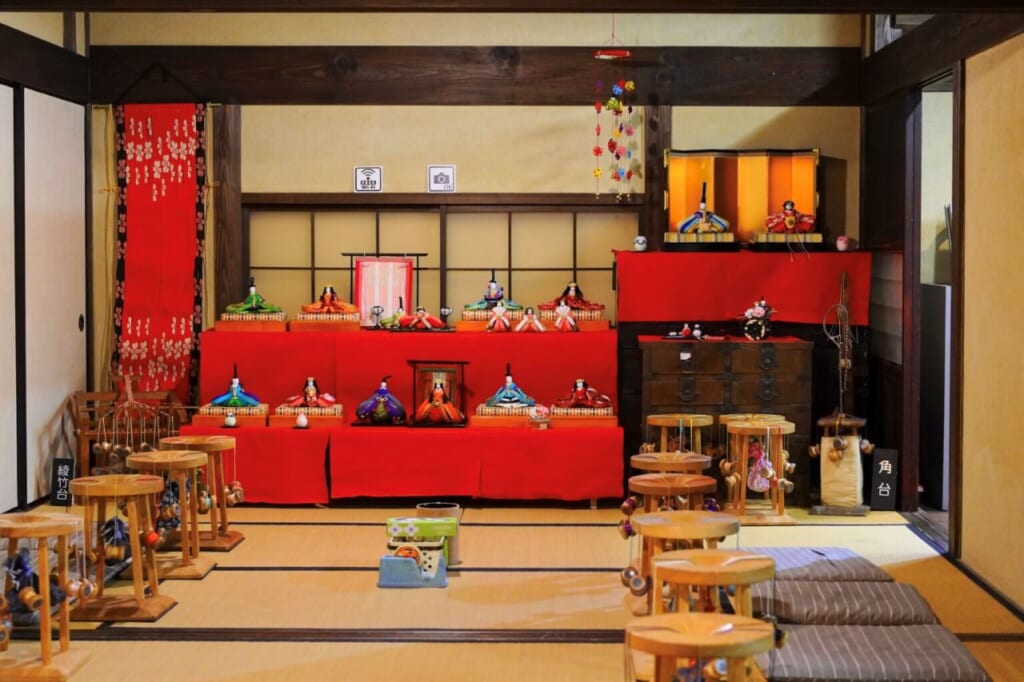
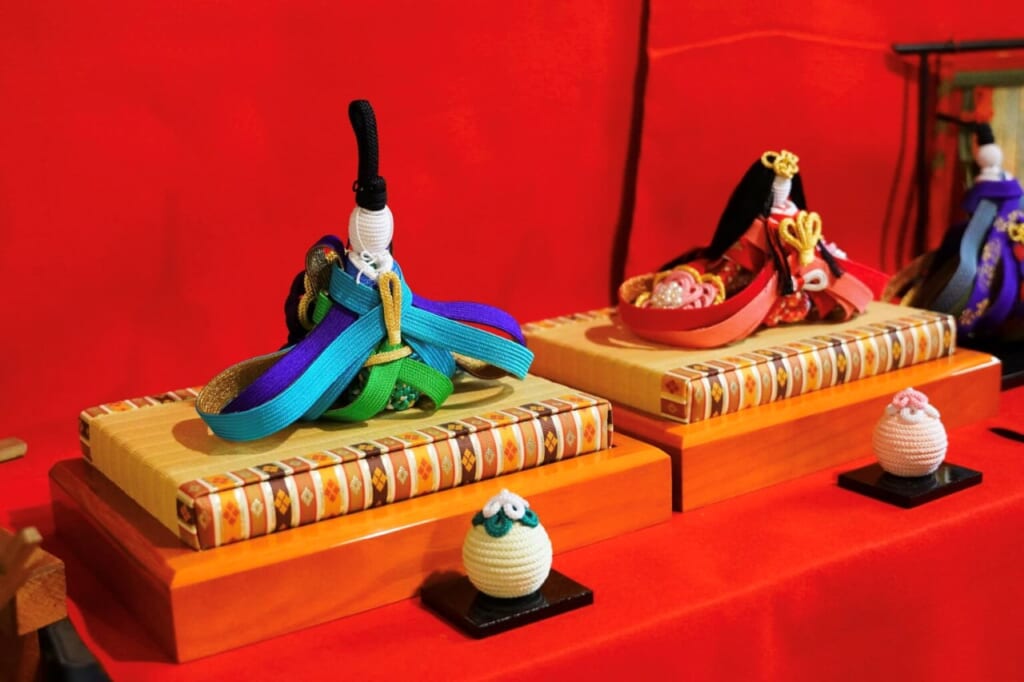
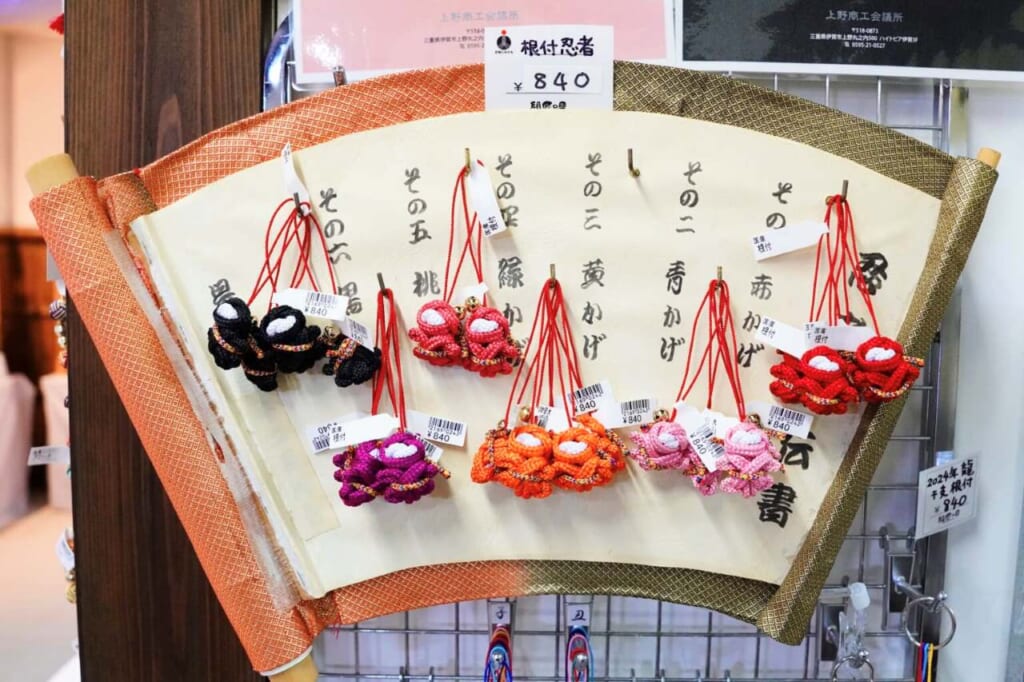
Making kumihimo requires a special braiding stand. There are four main types of braiding stand, and Kumi no Sato has an example of each. But the one that they use for workshops is the marudai, or circular stand. This is supposedly the easiest type for beginners.
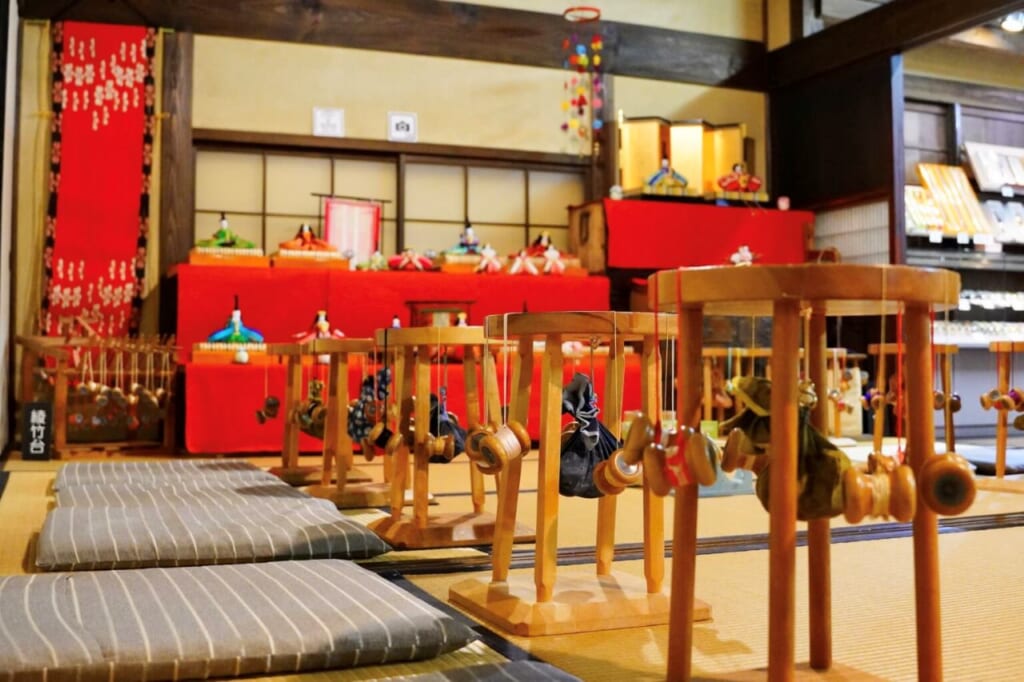
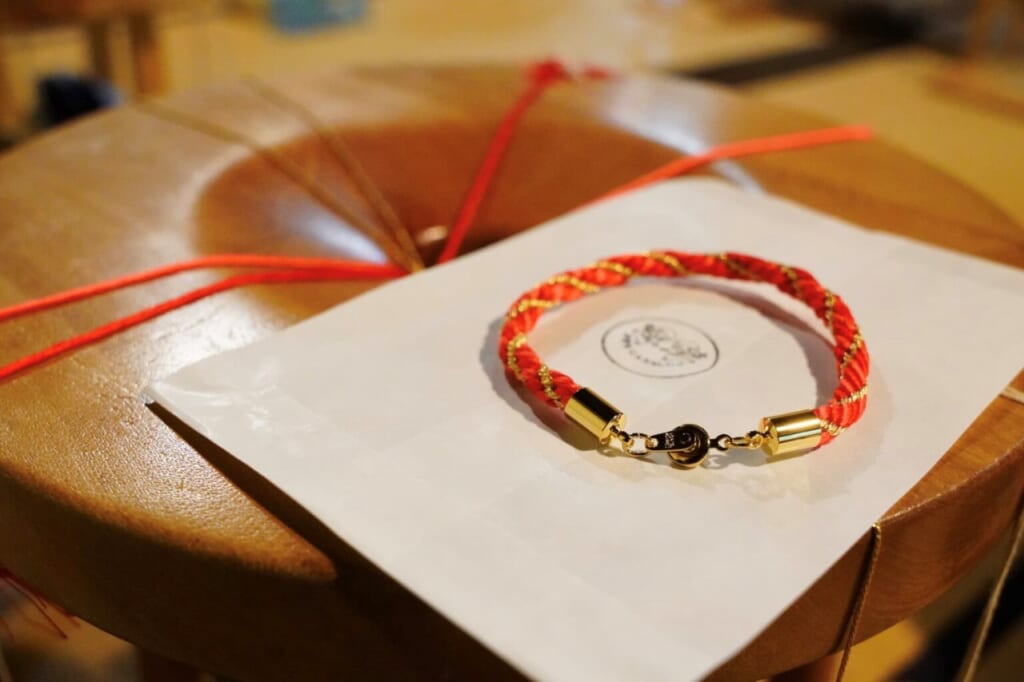
For solo travellers or small groups, you’ll sit in the tatami room by the lobby. Bigger groups can go to the more spacious second floor. You can choose which colours to make your item in, and make a bracelet or keychain. It’s a fun and relaxing way to make yourself a more meaningful souvenir.
Dinner at Nikaku Shokudo
After learning about the local ninja and culture, a good way to end the day is with some local flavors.
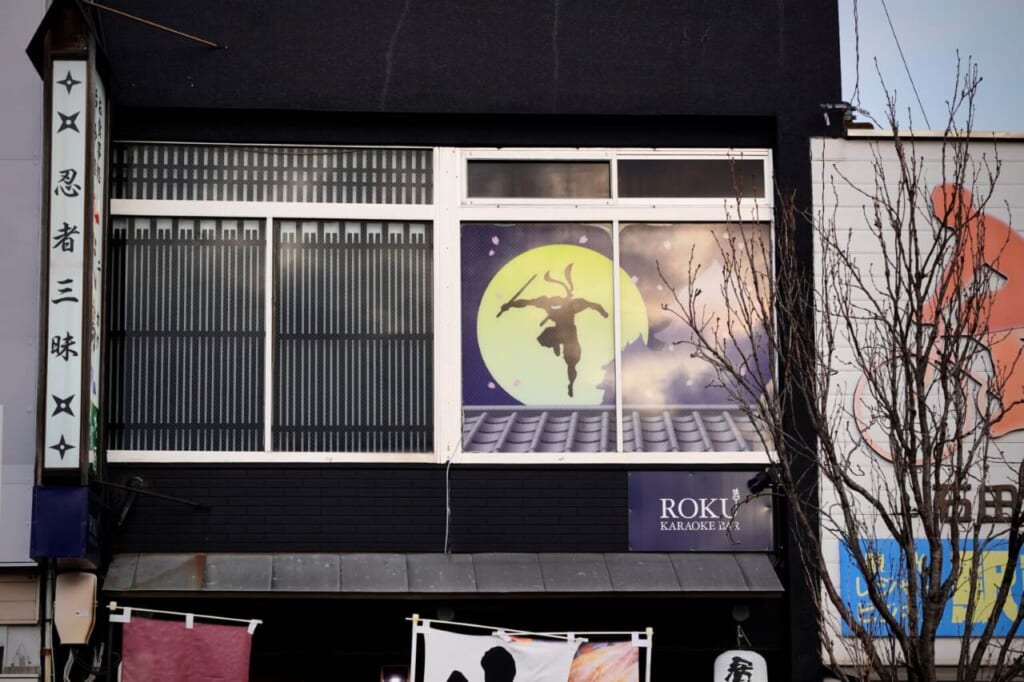
Nikaku Shokudo is a restaurant that was founded in 1887. Over time, it has transformed to embrace the ninja theme of the area. While some themed restaurants focus too much on the theme at the expense of the food, Nikaku Shokudo’s long history of good food means you get the best of both worlds.
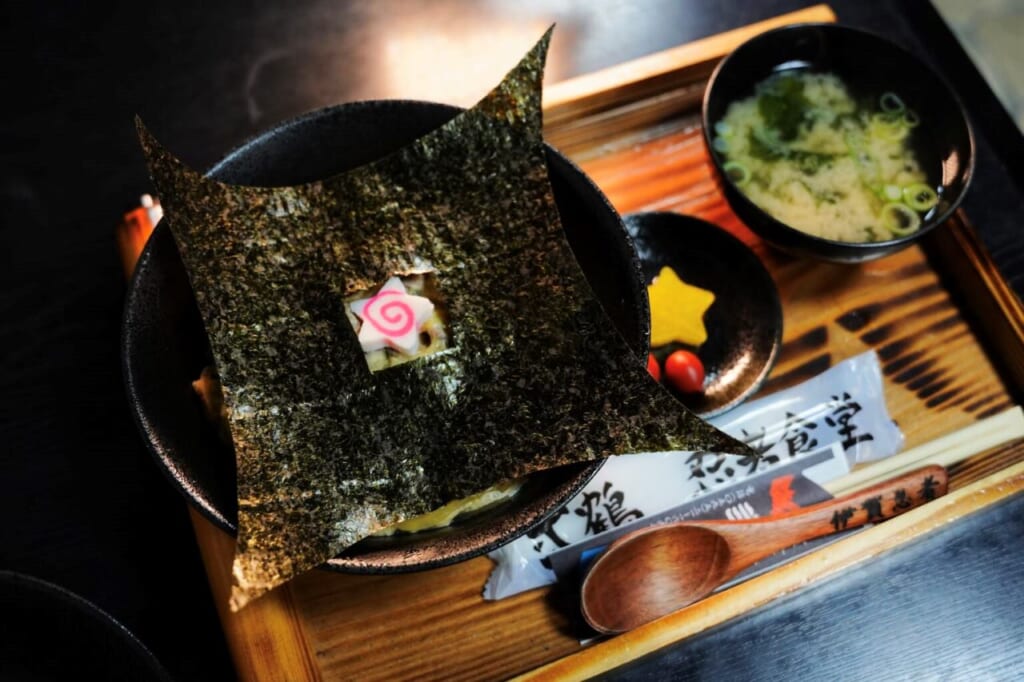
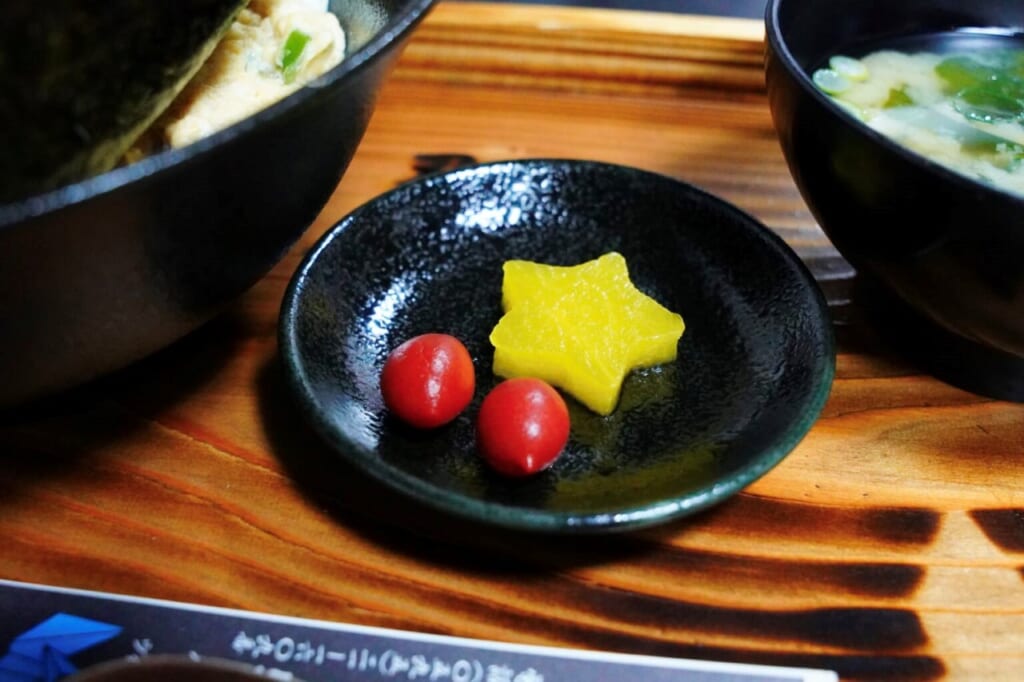
Needless to say, the food is very Japanese! They serve all sorts of local specialties like Iga beef and Iga pork. This is alongside wild rice and sides made with locally sourced ingredients. On my visit, I got the “Ninja Bowl” that came with a shuriken-shaped sheet of nori. The meal also came with pickled radish and two little umeboshi (pickled plums), which are supposedly traditional sources of energy for ninja.
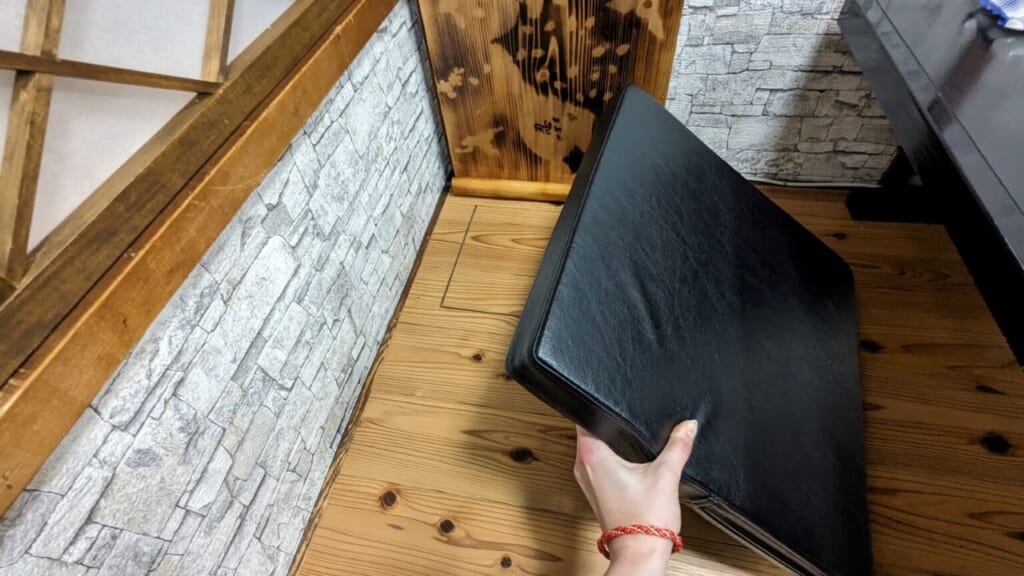
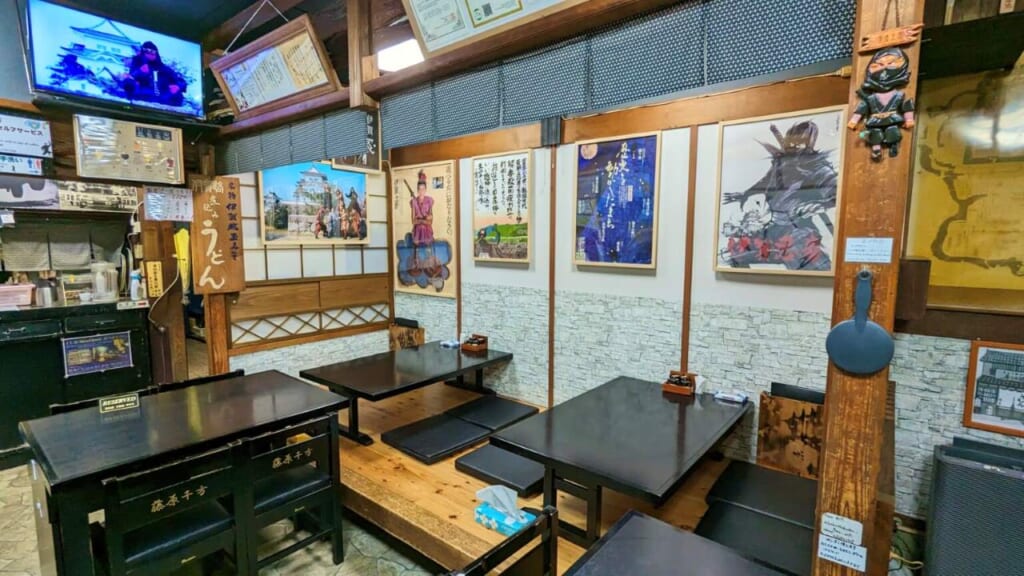
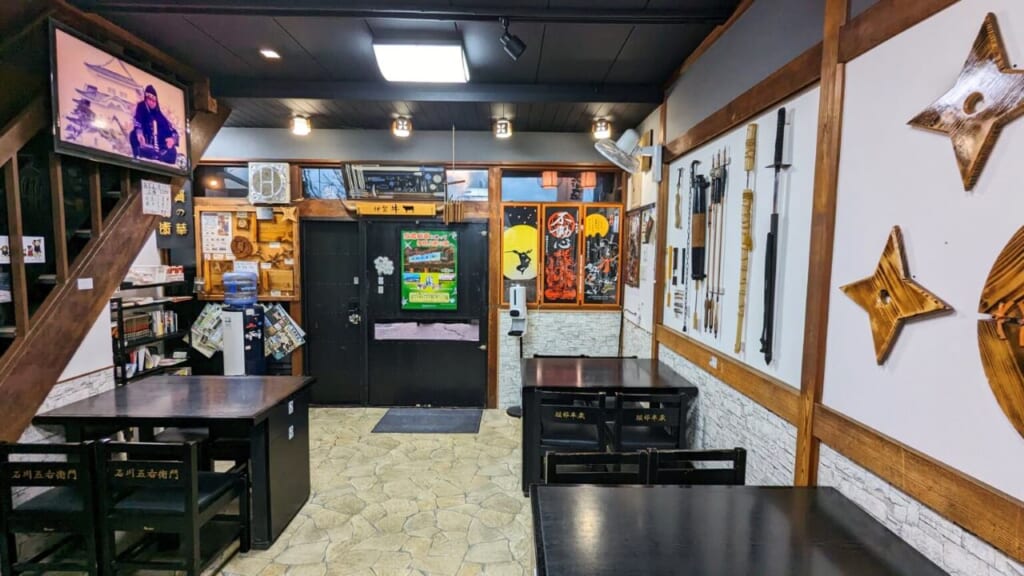
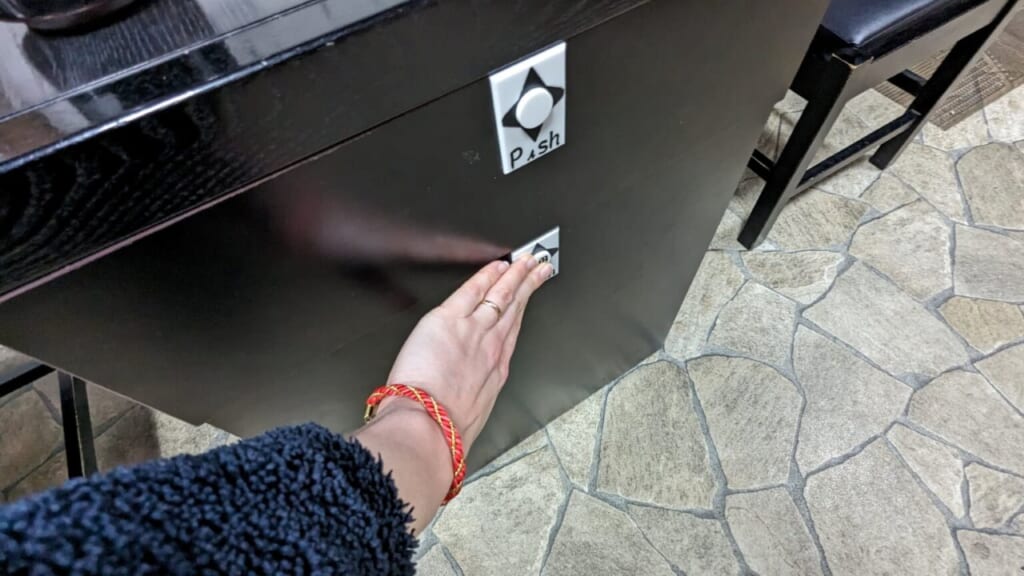
Around the restaurant you’ll also find fun little karakuri-inspired elements. Look out for the hidden menu shelf, tatami escape door, and hidden storage under the tatami seating.
Stay at the Fairfield by Marriott Kyoto Minamiyamashiro
Once you’re done in Iga, it’s just a short drive across the prefectural border to the hotel, Fairfield by Marriott.
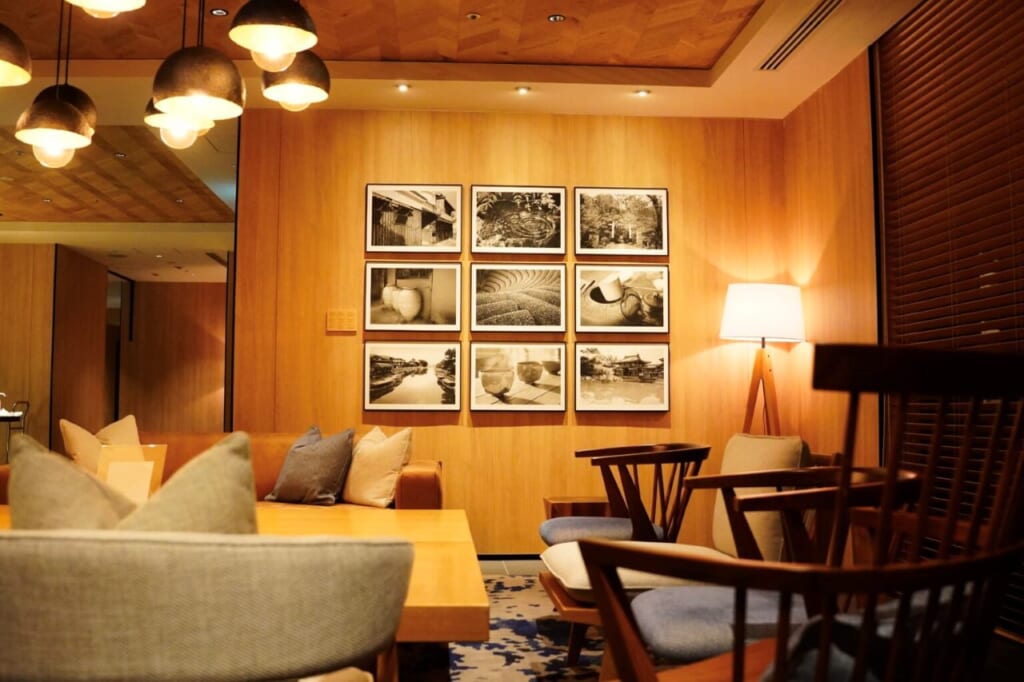
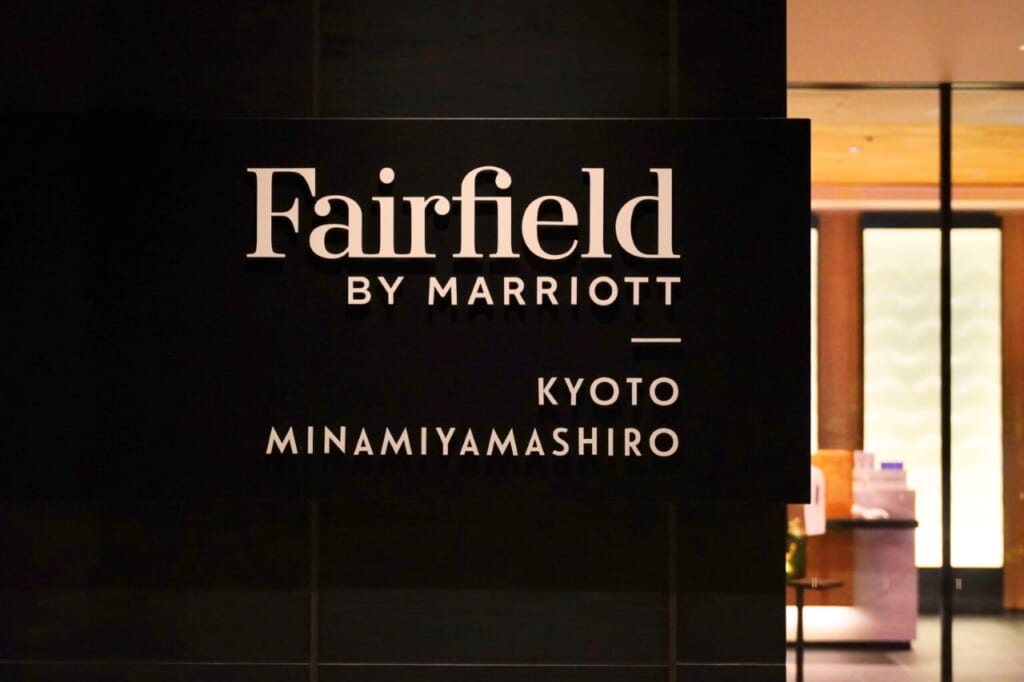
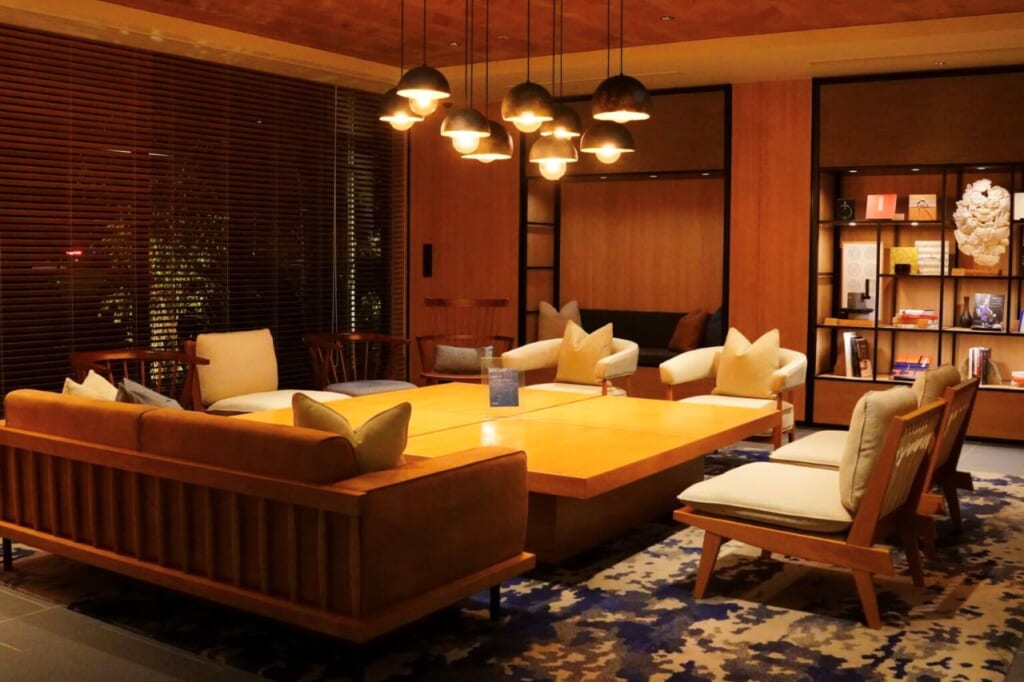
This hotel is a good base for our trip this time, as it’s a nice distance from interesting rural spots in the prefectures bordering Kyoto. The idea of the hotel is to encourage you to explore off-the-beaten-path locations around Japan.
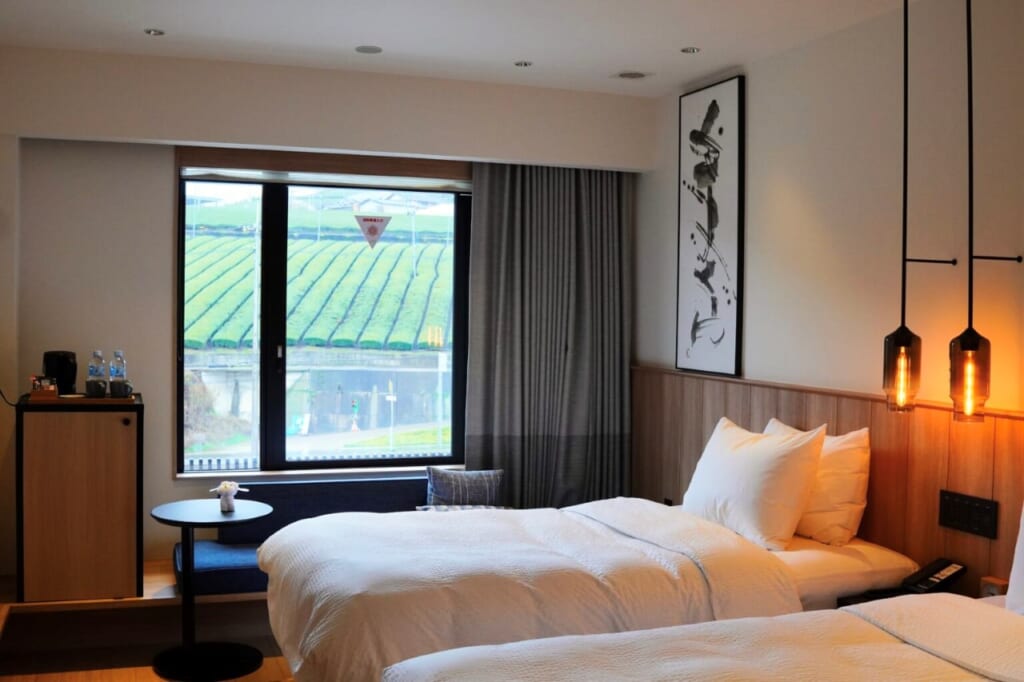
The hotel is comfortable and spacious to welcome you at the end of the day, but has no on-site restaurant. This is to encourage guests to visit local restaurants on their travels. However, the hotel does offer a breakfast box if you would like. Or, you can have breakfast or lunch at the Michi-no-Eki roadside station next door. Just remember to have dinner while you’re on the road!
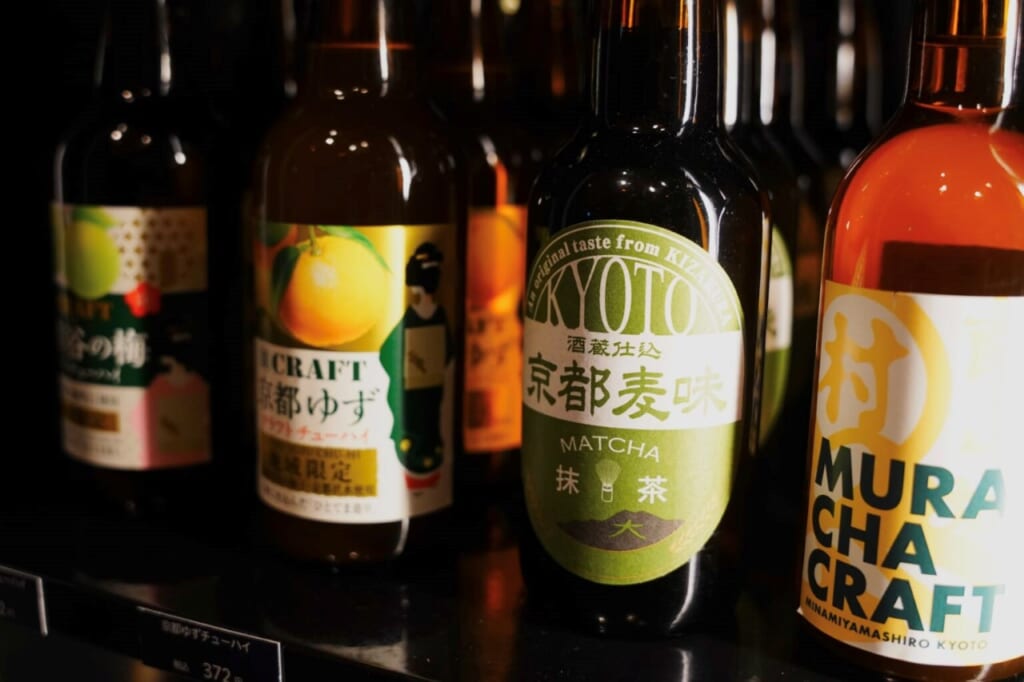
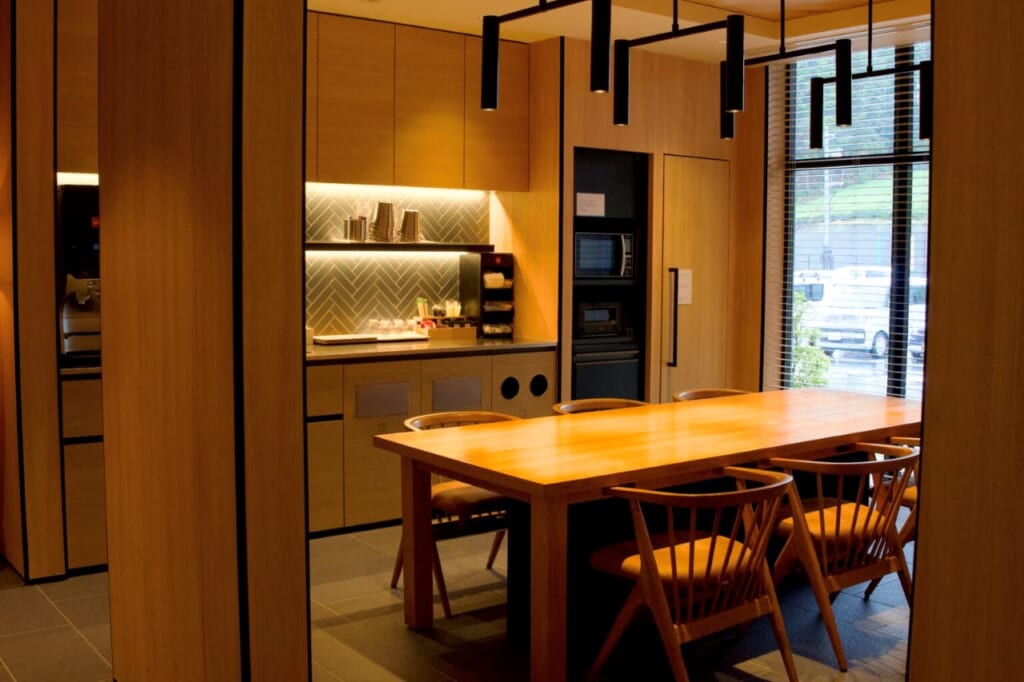
Fairfield by Marriott Kyoto Minamiyamashiro has a modern feel to it, with warm lighting throughout. There is a shared space with artworks, books and free tea (made with leaves from the neighbouring fields) in the lobby. There are also some local specialties that you can buy from the MarketPlace, including locally-brewed sake and beer. The rooms themselves have marshmallow-like beds and cushions with views out onto the neighbouring tea fields.Before heading off for your travels, you can either have breakfast at the Michi-no-Eki next door, or reserve three days before to have a breakfast box made.
Day 2 – Koka: Diving Deeper into Ninja Territory
On your second day, you will dive deeper into the territory of Ninja in Koka City. Bute before, it’s time to enjoy your breakfast.
A Specialty Bento Box at the Fairfield by Marriott Kyoto Minamiyamashiro
Before heading off on your travels, you can either have breakfast at the Michi-no-Eki next door, or reserve the night before to have a bento made in the hotel.
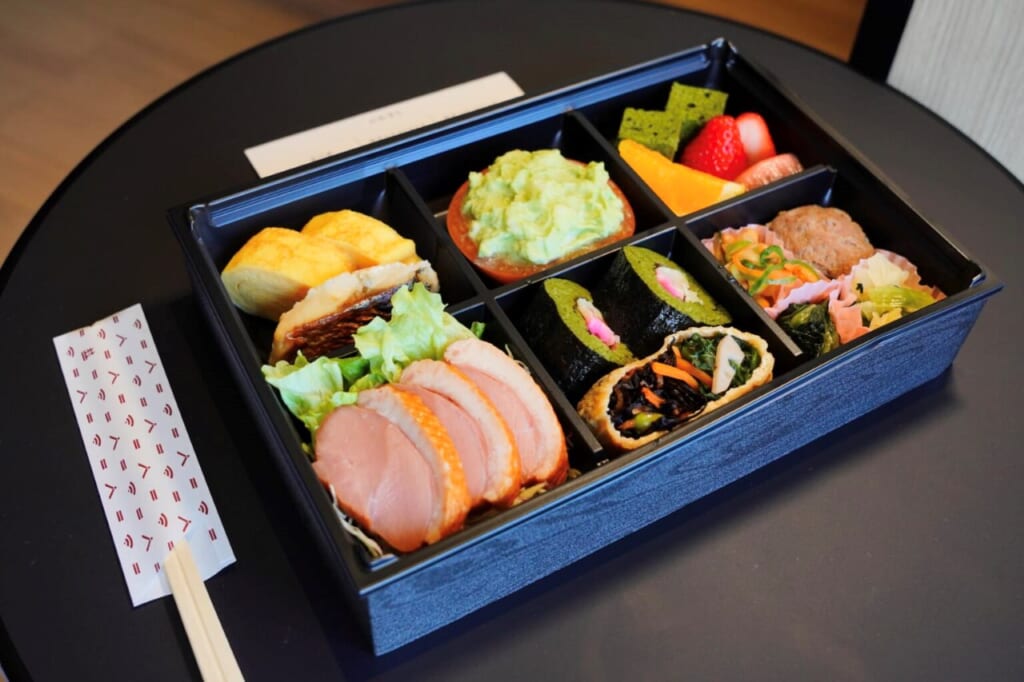
During my visit, my bento had a number of delightful local specialties such as saba (mackerel) sushi, aigamo (duck) with salad, and a matcha pound cake. And to top it off, I had a hot cup of green tea made from the very tea leaves you can see from the window.
Koka Ninja House
Speaking of tea, when you make it to our first stop of Day 2, you are first greeted with a warming cup of kenpo-cha. This is a type of tea that ninja are said to have enjoyed hundreds of years ago. It is said to be very good for your health.
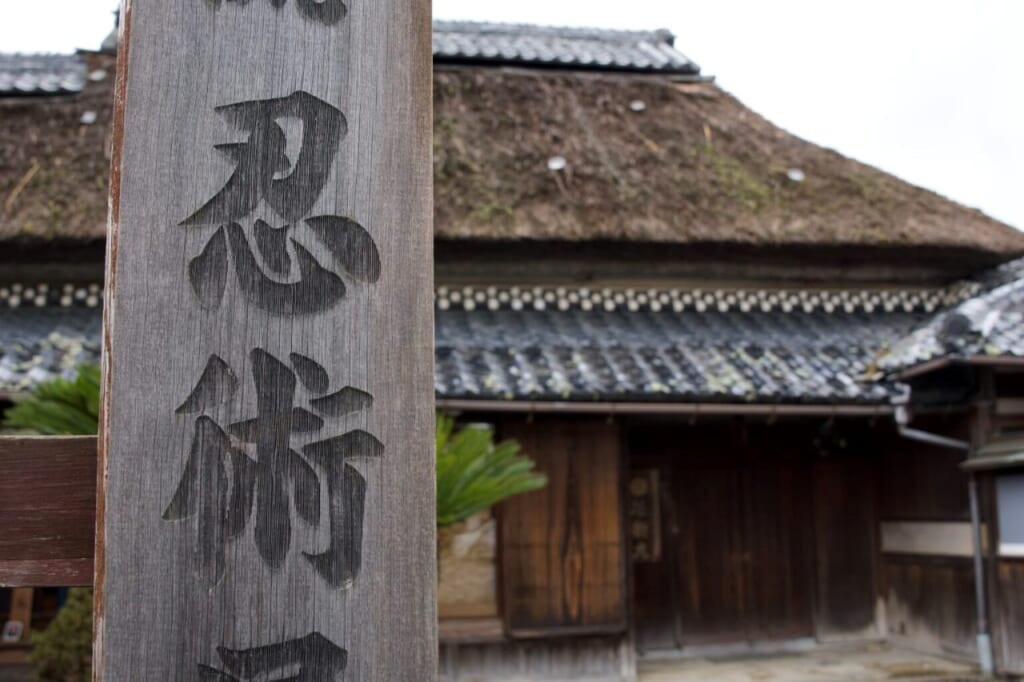
After the tea and an introductory video, you are free to roam around the ninja house and see what interesting karakuri and ninja trickery you can find. In the back, there are a few exhibition rooms with shuriken, costumes, and ancient scrolls like the Ninjutsu-Ogiden that describes the philosophy of the Koka ninja.
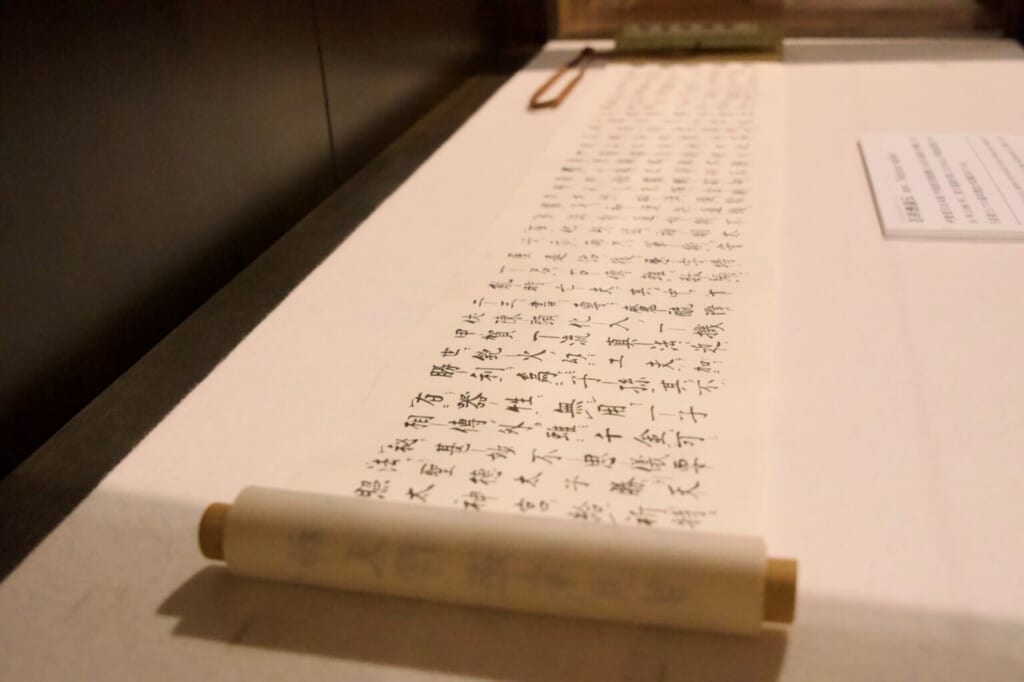
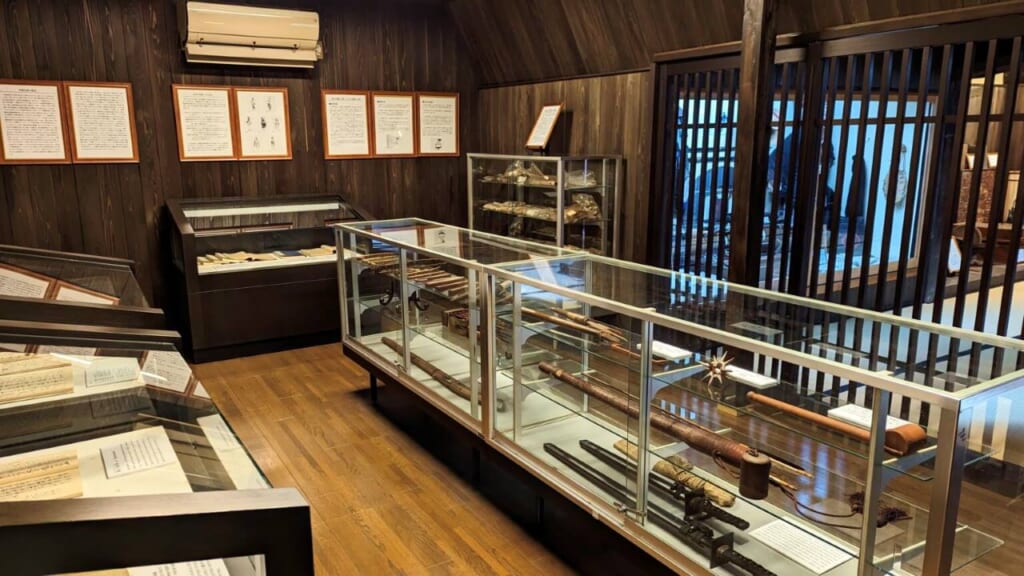
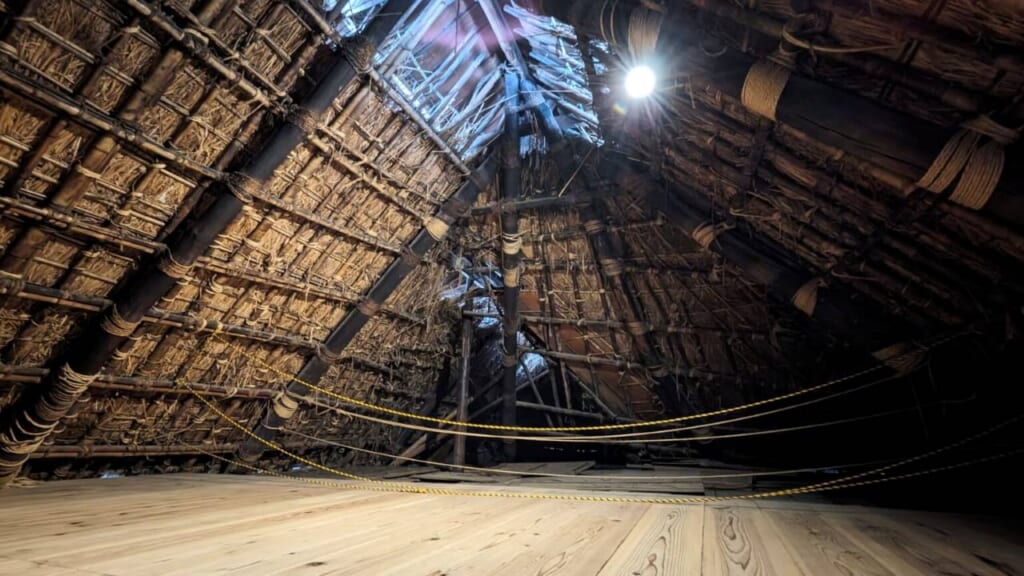
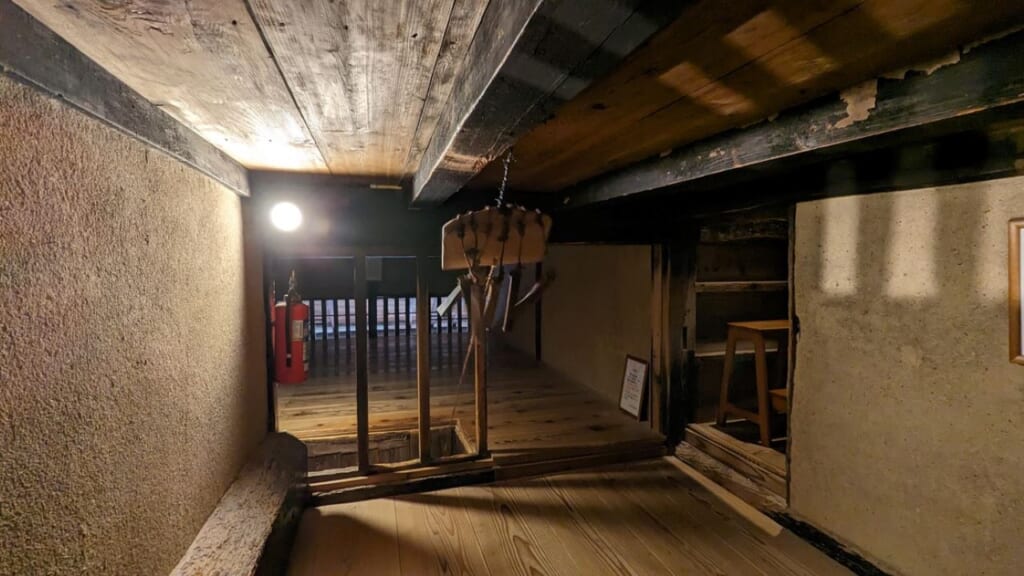
From the outside, the house looks like it might be one or two floors high, but it actually has three floors. They used the first floor as their everyday living space, while they hid the second floor from view with secret ladders. You can climb up to the second floor, with its very low ceilings (to prevent anyone swinging a sword at you), and creep around like a ninja spy. The third floor is an attic where the ninjas supposedly held secret meetings.
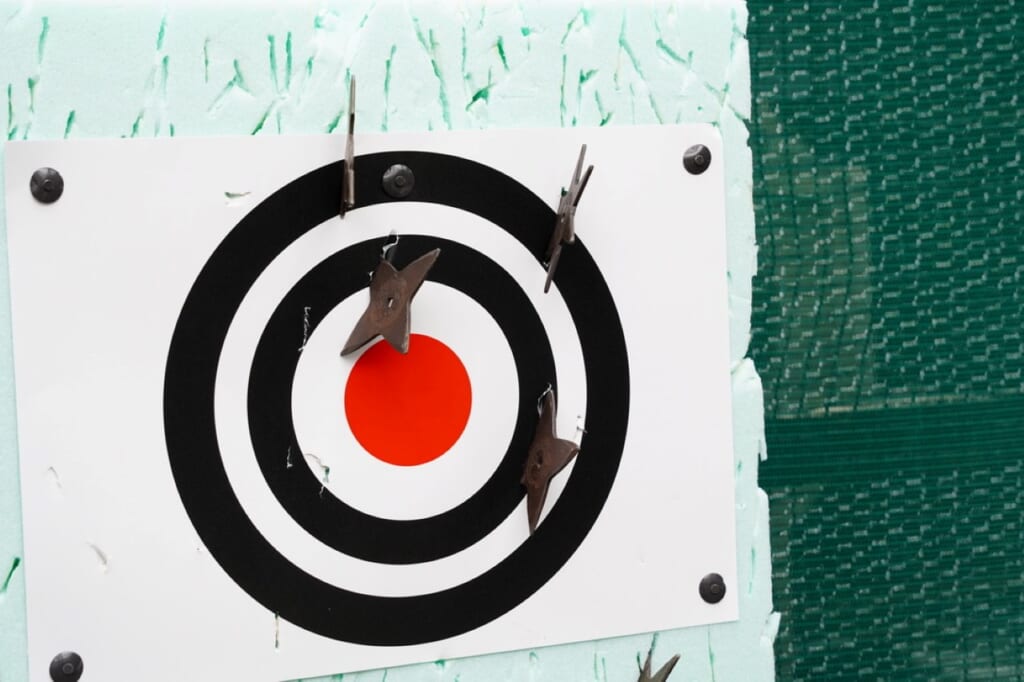
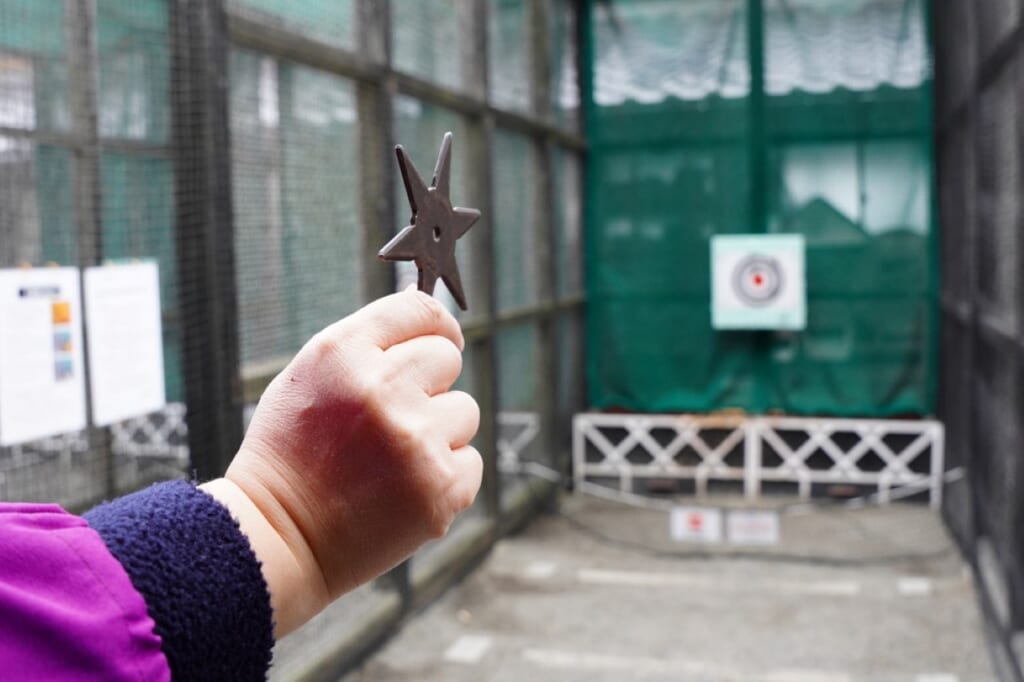
The Koka Ninja House also has a shuriken throwing area, where you can learn how to hit the target with a throwing star for a nominal extra fee. There are also swords on sale, as well as a small gift shop with ninja-themed items and kenpo-cha.
Koka Ninja Village
The Koka Ninja Village is the place to go to put all your ninja knowledge to the test as you become a ninja yourself.
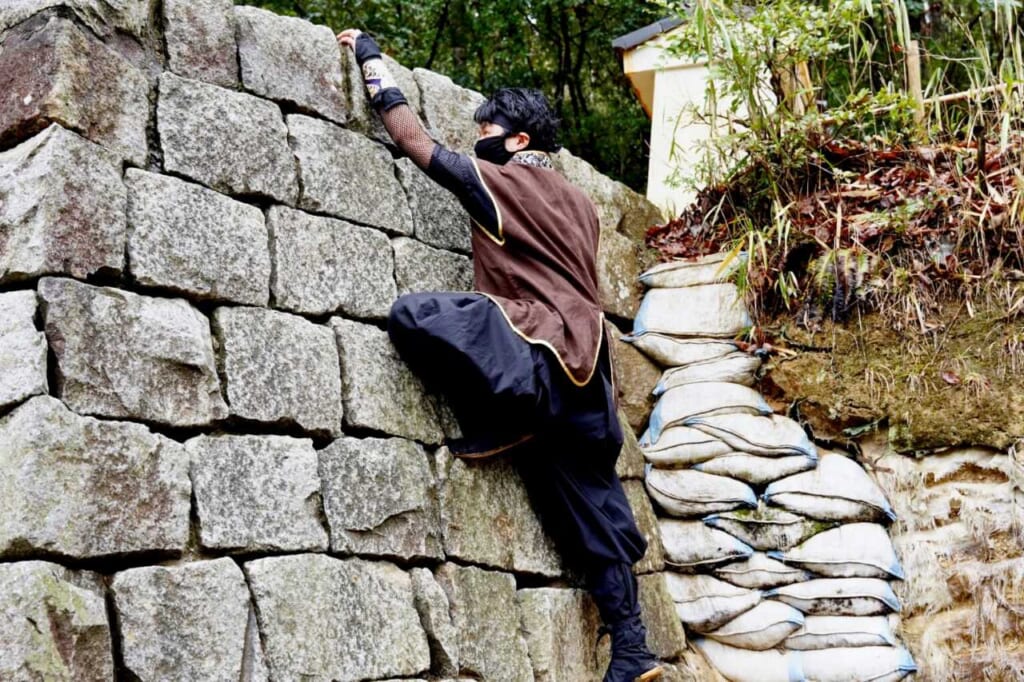
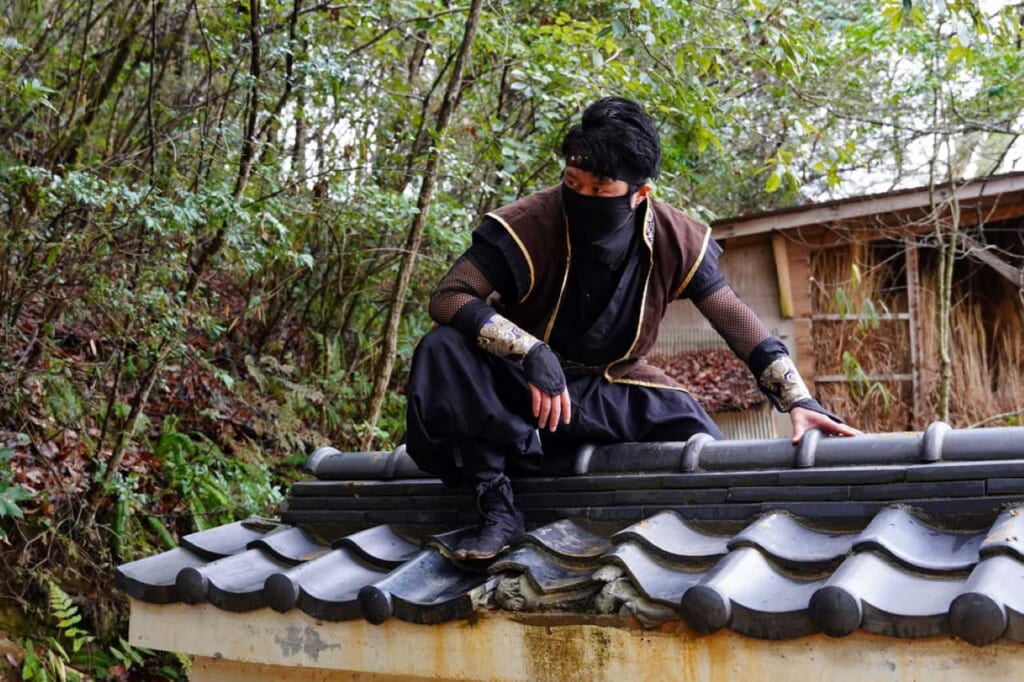
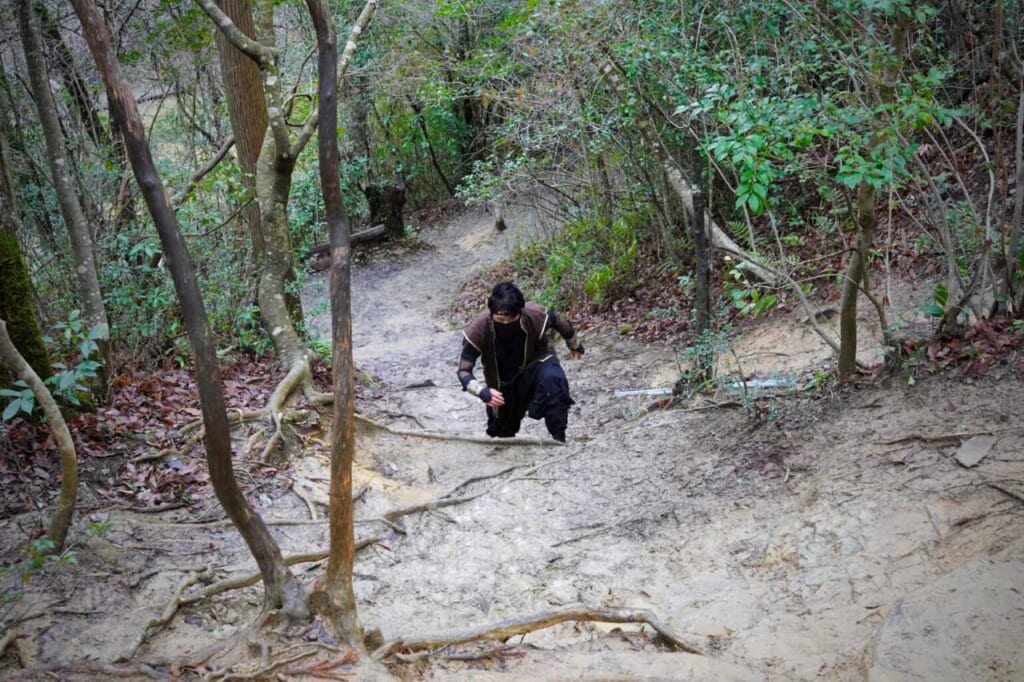
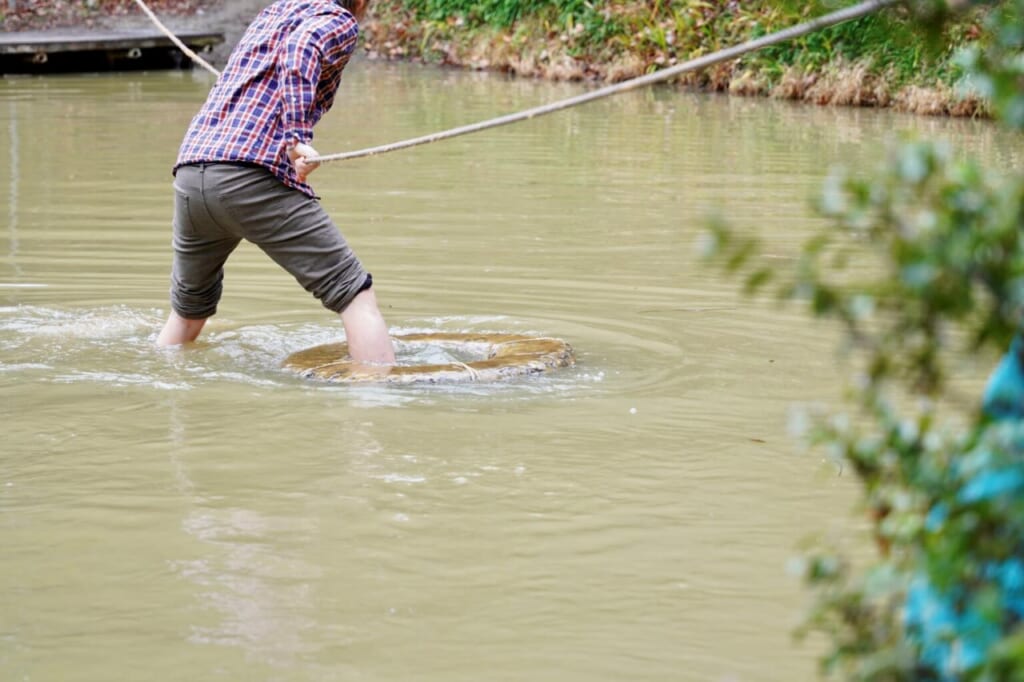
On my visit, the village seemed popular with both adults and children alike. You can climb walls and jump on fake rooftops in one area, and learn more about ninja history in another. I was surprised by the completely new information and exhibits each museum had. My favourite here was the fold-up boat that only Koka ninja knew how to use!
There is an announcement throughout the park telling all prospective ninjas to meet at the giant hand statue around once every hour. You can join other ninjas for free to complete the nine ninja trials. They include wall climbing, hill racing, wall strafing, and even a mizu-gumo (water walking) activity. All participants take home a ninja certificate at the end. You can get a little dirty during activities, so there are ninja outfits you can borrow to protect your clothing.
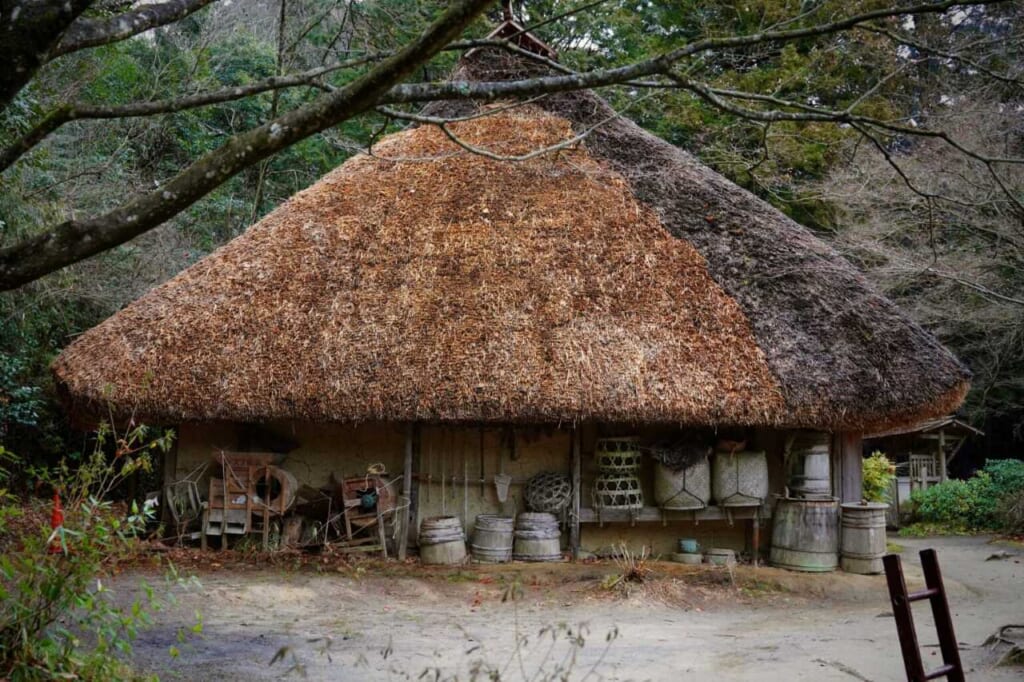
After getting your hands dirty, you can have a more relaxed exploration of the museum and karakuri ninja house. The museum has a traditional thatched roof that they replace regularly, and you can explore the original karakuri house with a guide. This house has been kept mostly in its original state, so the higher floors are off-limits, but the first floor looks and feels incredibly authentic.
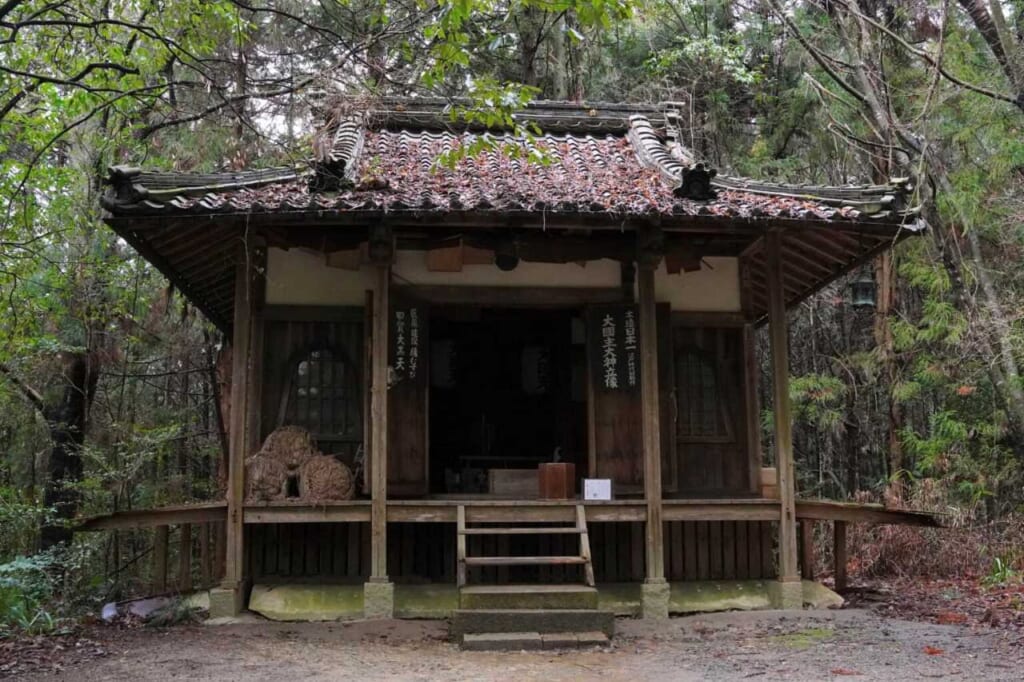
The village also has a Shinobi Jinja Shrine which is dedicated to the nameless ninja that have died over the years.
This museum also has a shuriken throwing range, a large souvenir shop, a food court area, and handicraft workshops to make fun ninja-themed souvenirs.
Day 3 – Yagyu: Feudal Lords and Folklore
The third day of your trip takes you to Yagyu Village, located east side of Nara Prefecture, and the home land of the Yagyu clan.
Breakfast and Souvenirs
Before heading off on your third day of fun, I highly recommend having a look around the Michi-no-Eki if you haven’t already. These roadside stations are popular in Japan and well known for having a wide selection of local goods and foods.
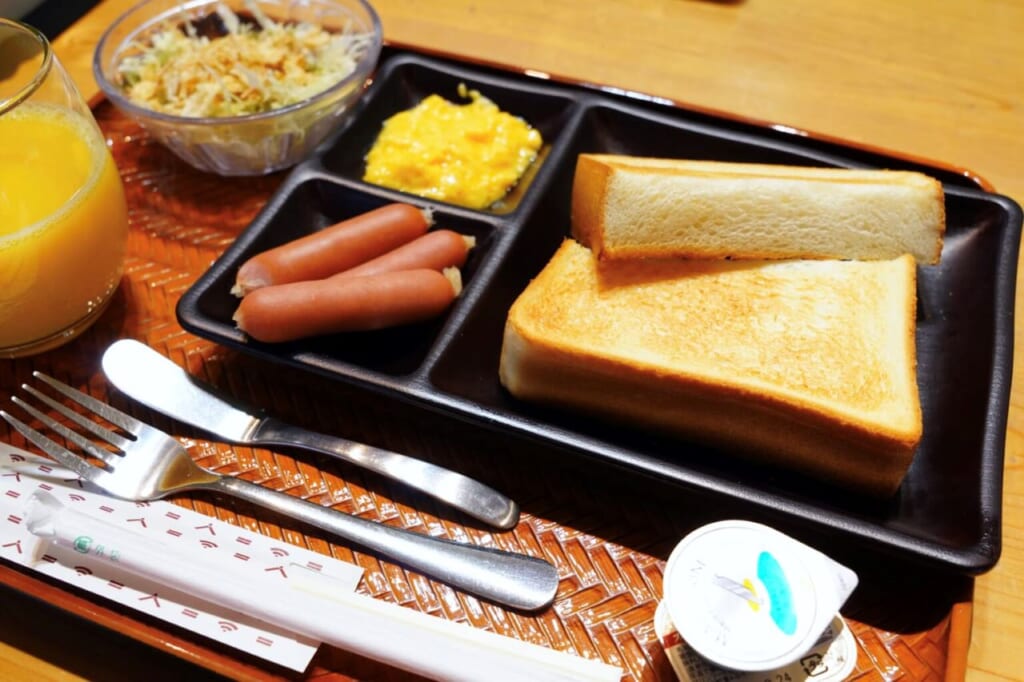
I had breakfast there, where I had a choice of Japanese or Western style food. Then, I hunted for a few edible souvenirs to take home. There is no shortage of green tea items there, as well as tons of local specialties and even fresh fruit and vegetables. It’s a good place to grab some local snacks for the road.
The Yagyu Clan and Hotokuji Temple
Making sure not to get too distracted by the beautiful landscape on the way, you’ll find Hotokuji Temple about a 30-minute drive from the hotel.
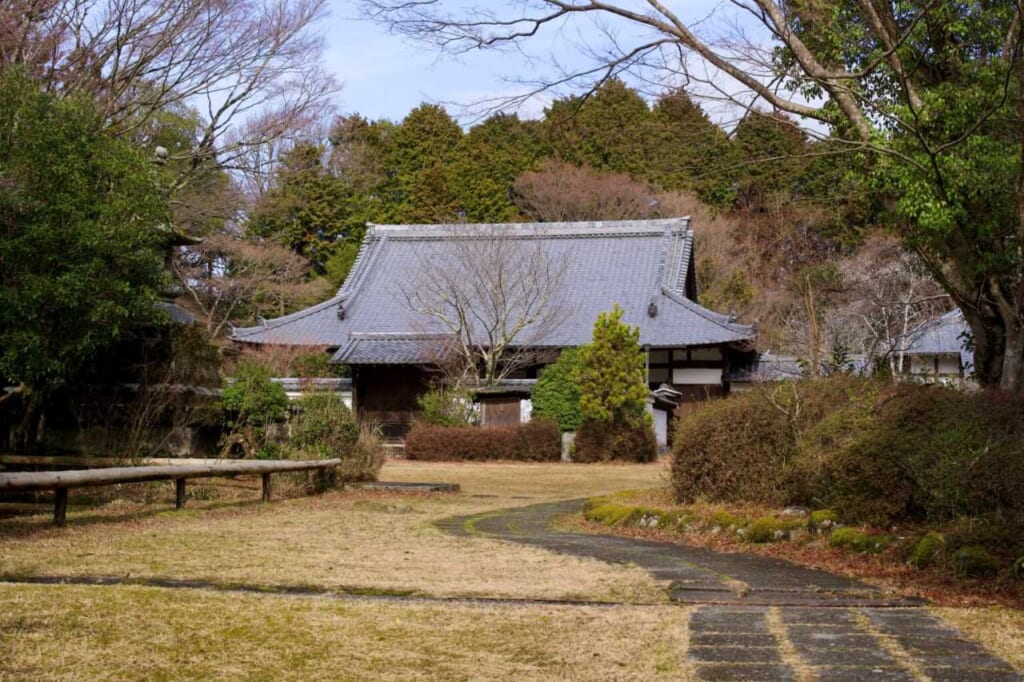
Yagyu Mataemon Munenori built the temple in 1638 by for his late father, Yagyu Sekishusai Muneyoshi. If you enjoy Japanese history, daimyo (feudal lords), and sword fighting, this is an important spot to visit.
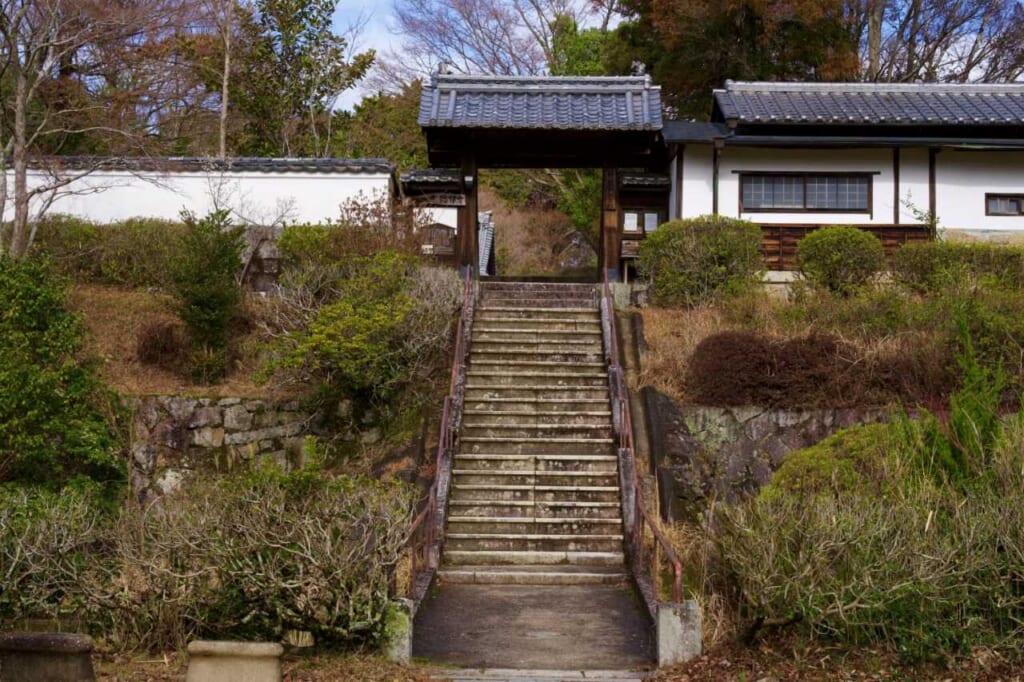
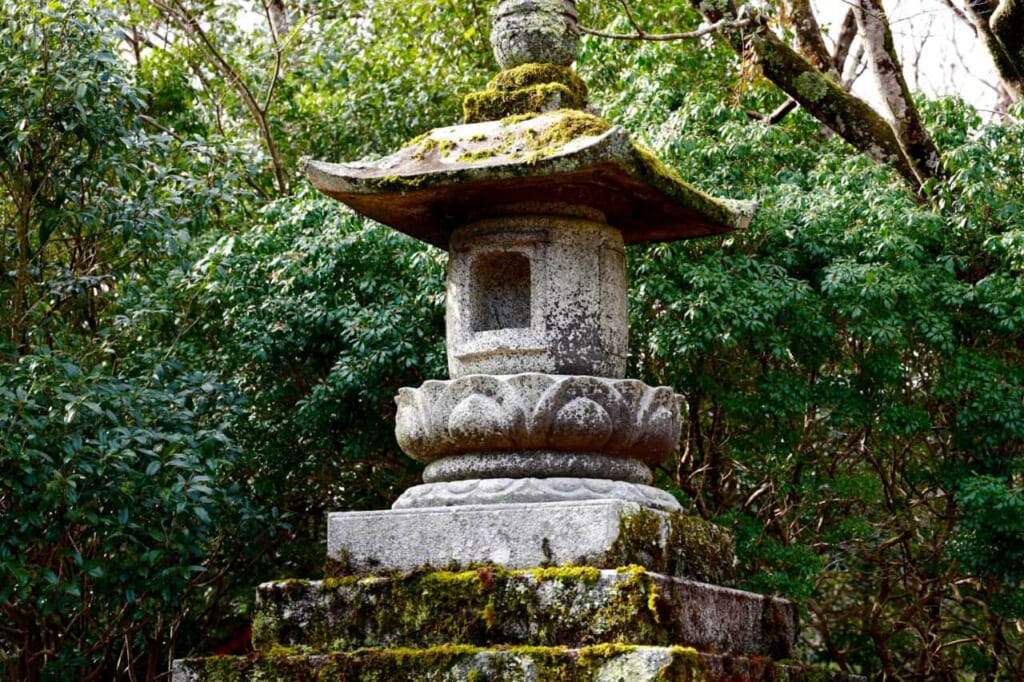
The Yagyu clan were a family of daimyo famous for eventually leading one of Japan’s greatest schools of swordsmanship, known as Yagyu Shinkage-ryu. Yagyu Sekishusai Muneyoshi was a skilled swordsman, and caught the eye of prominent shogun Tokugawa Ieyasu. Tokugawa asked to learn from his teachings, but Muneyoshi instead recommended his son, Munenori, for the job.
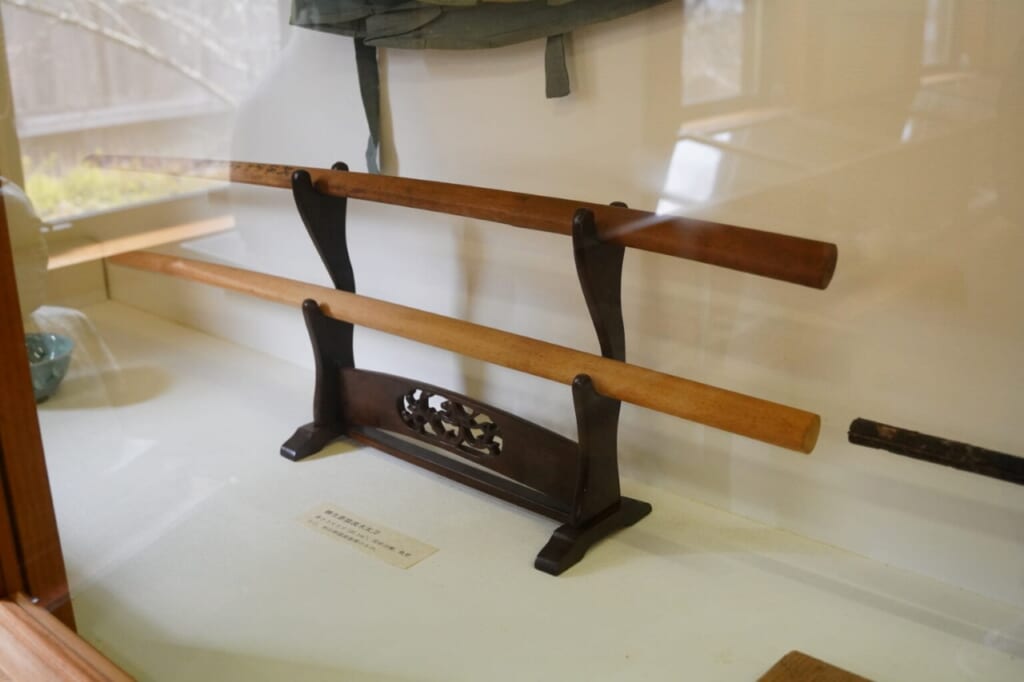
Munenori took his father’s teachings and introduced more elements of Zen Buddhism to it, culminating in the creation of Hotokuji Temple.
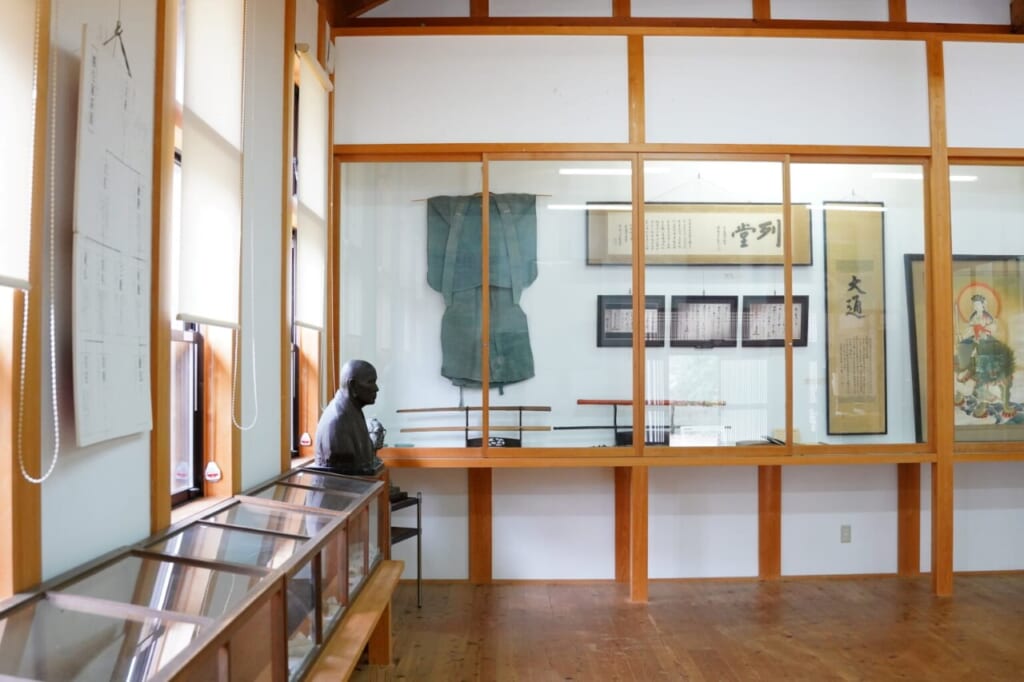
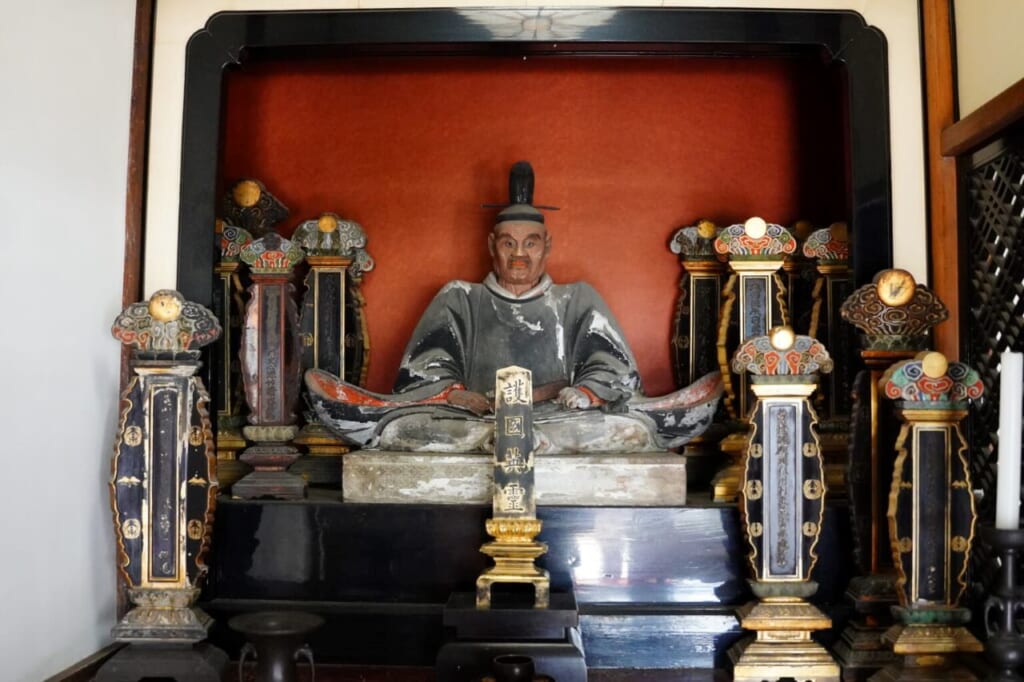
At the temple, you can see paintings of the previous heads of the clan, as well as some historic materials. There is also a statue of Yagyu Munenori alongside other prominent figures further inside. Behind the temple, you can find the graves of important family members nestled among the trees.
The Folklore of the Itto-Seki Split Boulder
Not far from the Temple, around a 700m-walk away, you’ll find a peaceful forest path that leads you to a peculiar sight: A large boulder split in two.
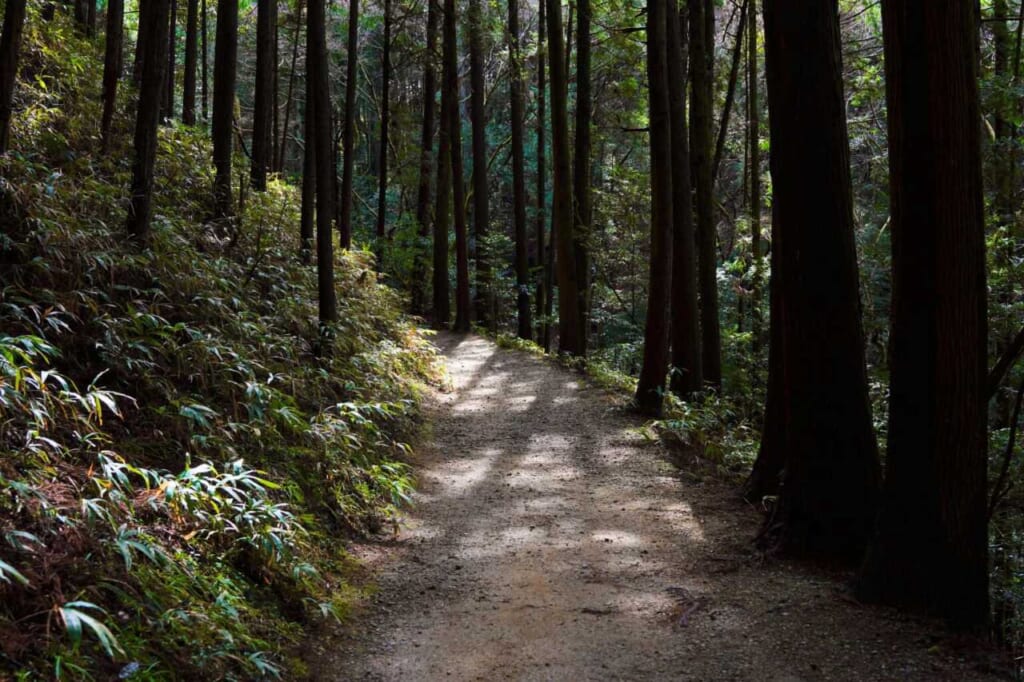
Legend has it that Yagyu Muneyoshi was practicing his swordsmanship in the forest one night, and was met by a Tengu, an evil or mischievous spirit. He swung his sword at the Tengu and slayed it. However, when he returned to the same spot later, he did not the body of the Tengu, but instead this huge boulder split in two.
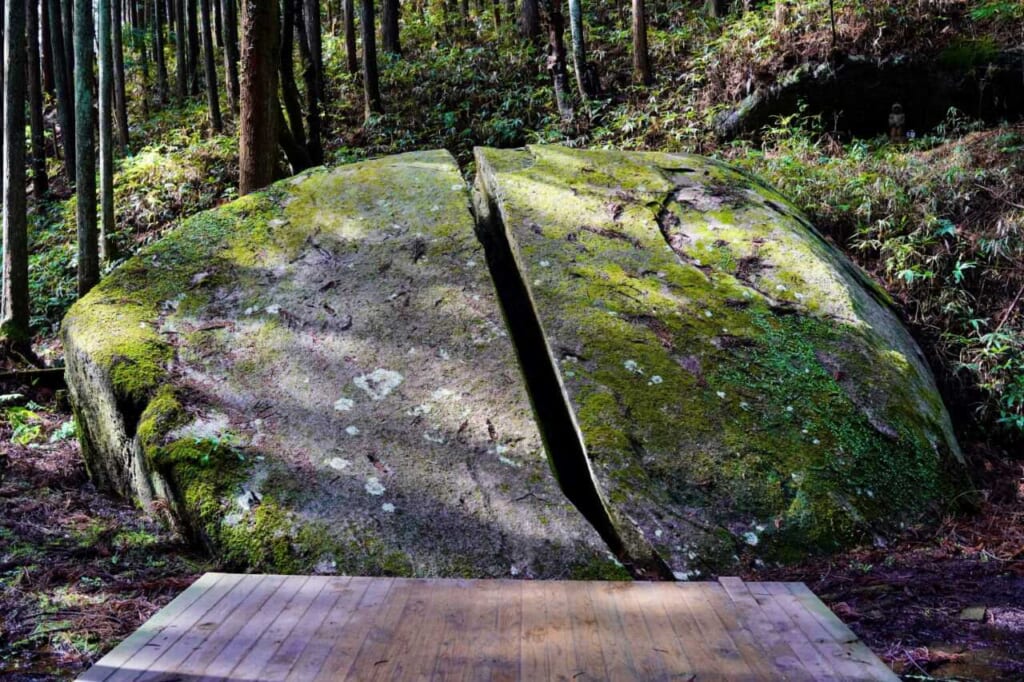
The boulder is around seven square meters large, and there is a small shrine nearby.
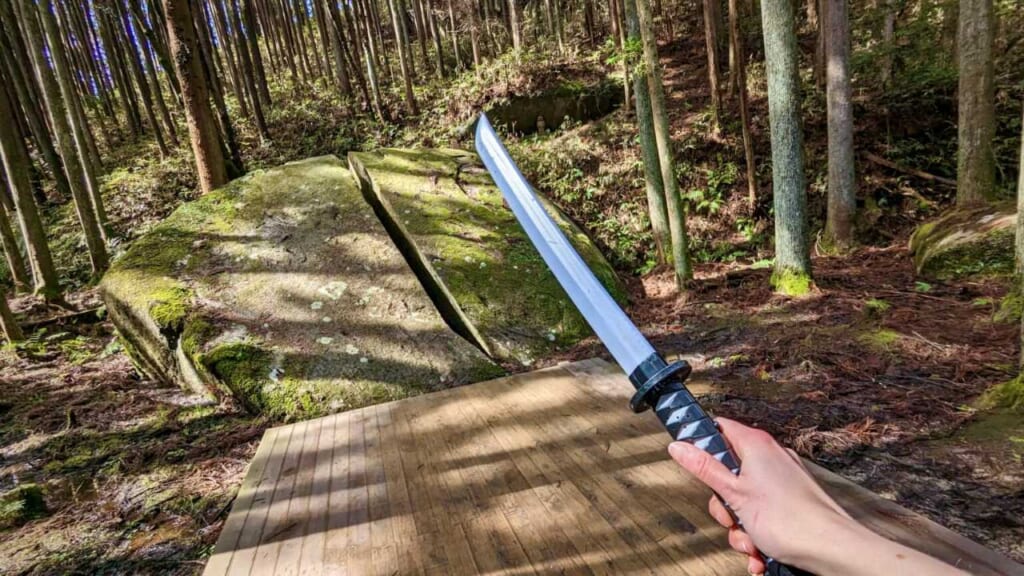
The boulder has attracted more visitors over the years as it was featured in the popular anime Demon Slayer. Now, there are toy swords and a tripod set up by the boulder so that you can take pictures as if you cut the boulder yourself, a fun way to commemorate your trip!
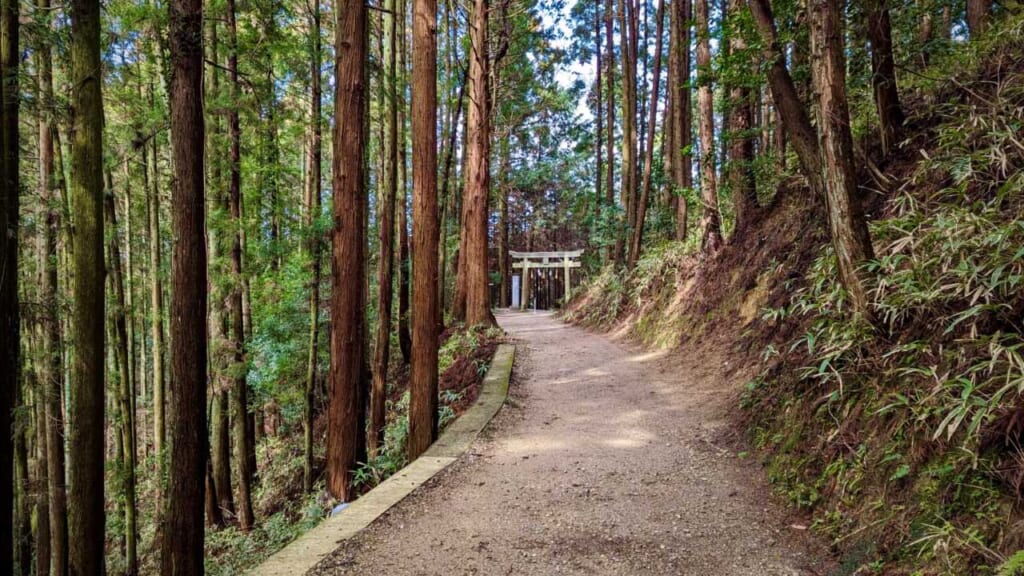
Even without knowing the context of its story, it’s worth visiting for the beautiful and serene walk to get there. The quiet forest path makes for a nice change of pace from busy town and cityscapes, without being an arduous trek.
Getting Home or Going Further
After visiting the temple and split boulder, it is just over an hour’s drive back to Kyoto Station.
The places we’ve mentioned here have covered the prefectures of Kyoto, Nara, Mie, and Shiga. This may make them seem far from one another, but are actually very close to each other’s borders. So if you haven’t had enough, you can easily use these as jumping-off points to explore these prefectures even further!
How to Get Around
If you’re visiting from Tokyo, the easiest option is to ride the Shinkansen to Kyoto Station and then rent a car for convenient rural travel. The Shinkansen from Tokyo to Kyoto Stations costs around 14,000 yen and takes just over two hours.
From there, the total cost of a rental car for the three days is anywhere from 20,000 yen upwards.
For more information about the hotel, take a look at the Fairfield by Marriott Michi-no-Eki Project official website.
Sponsored by Marriott.


